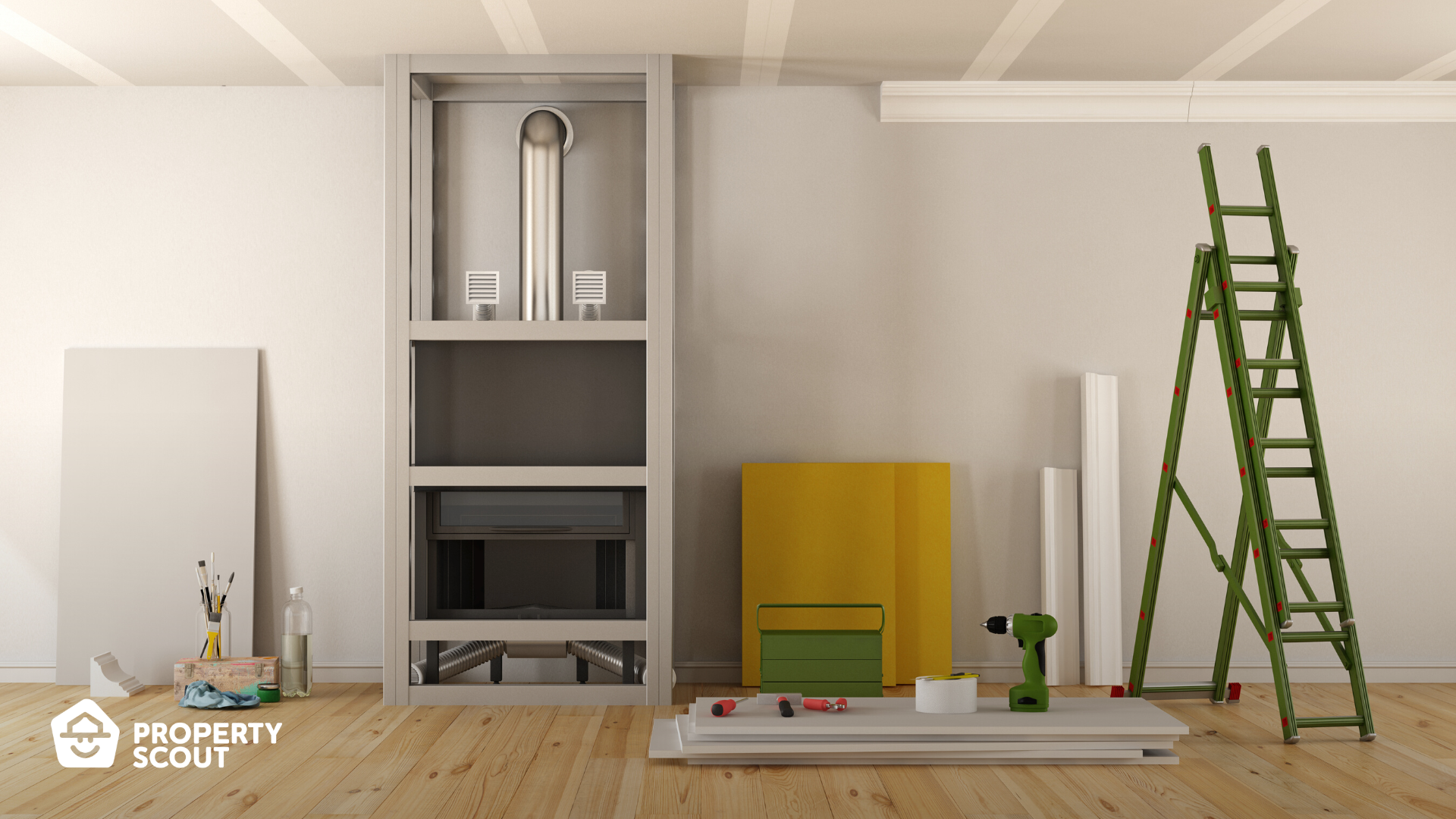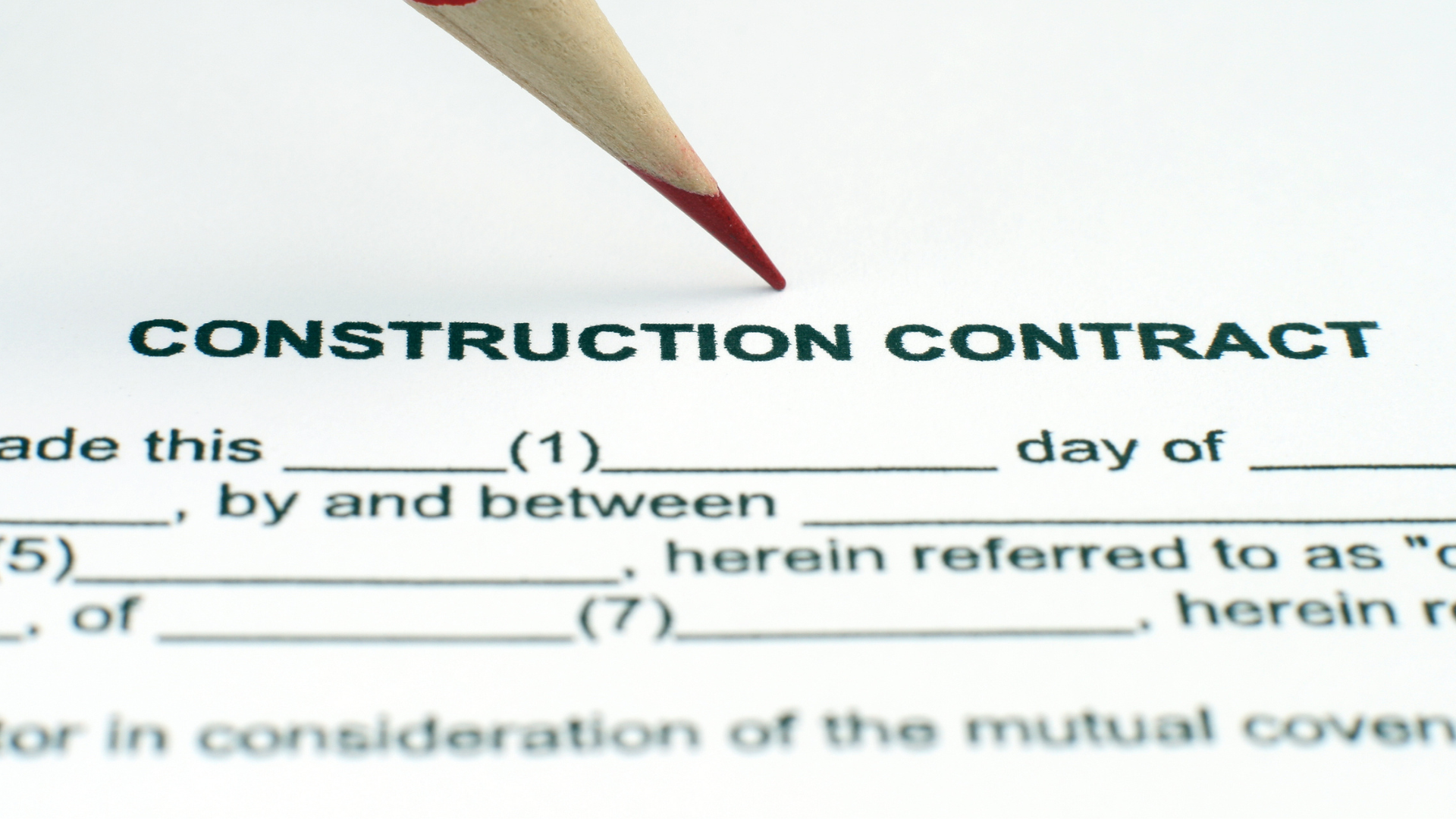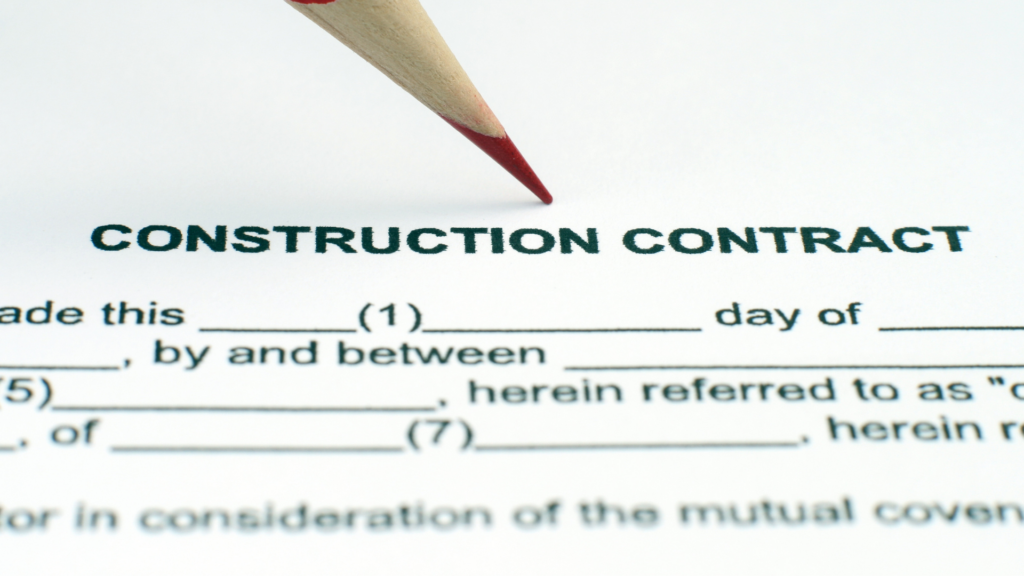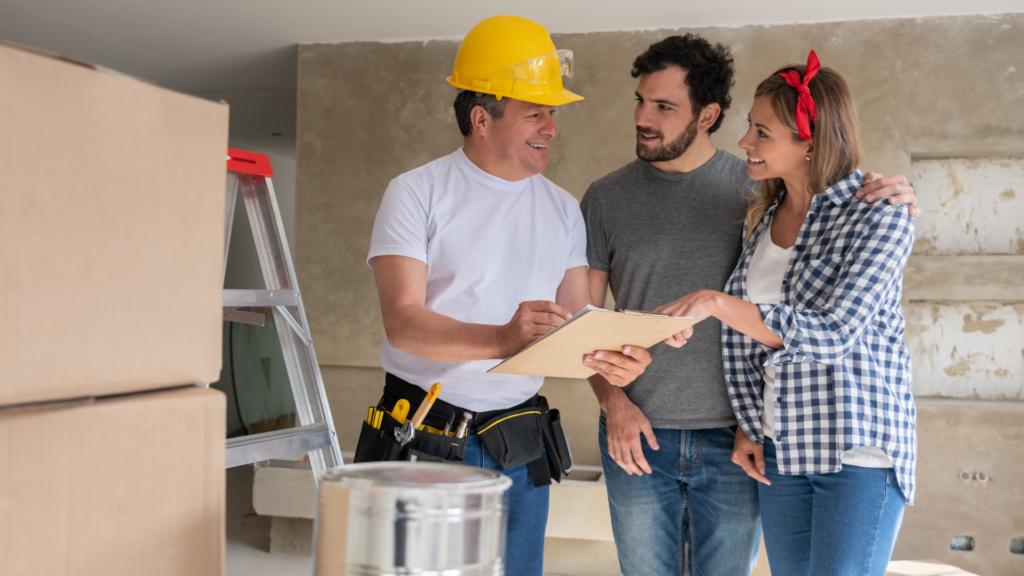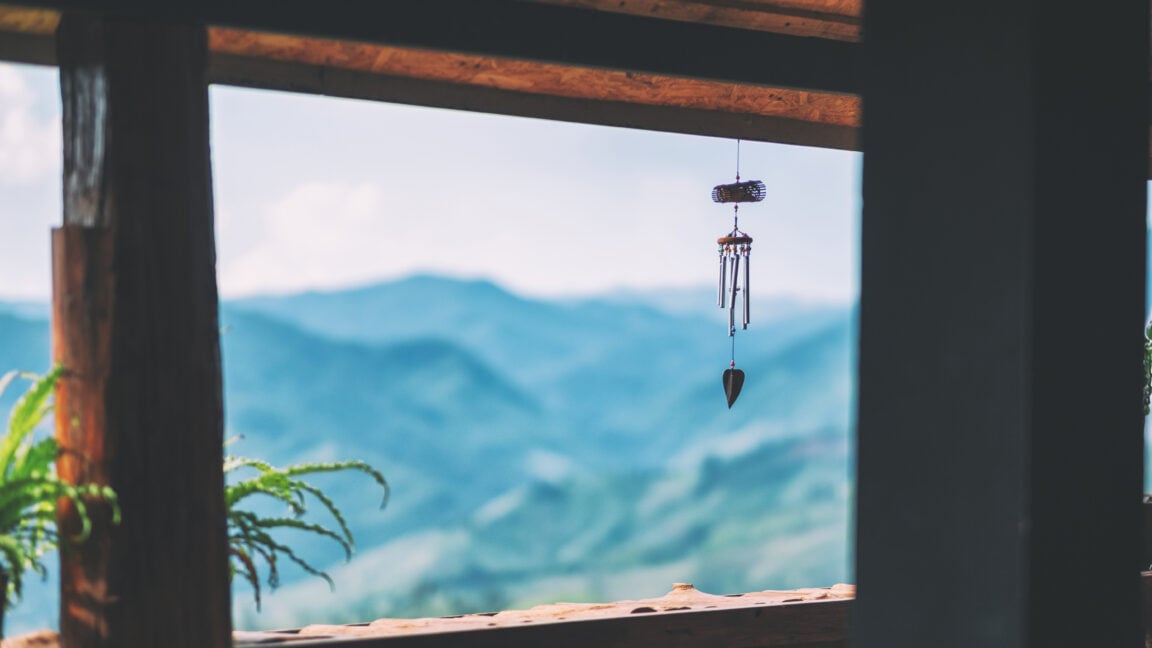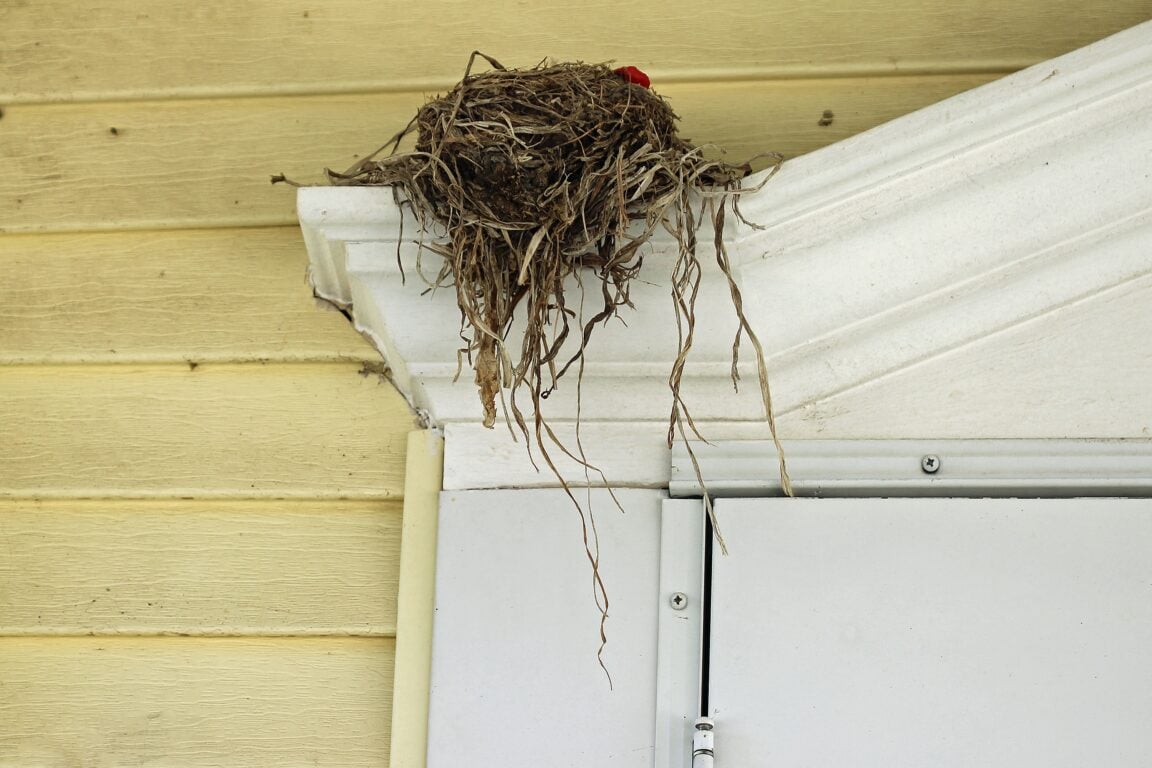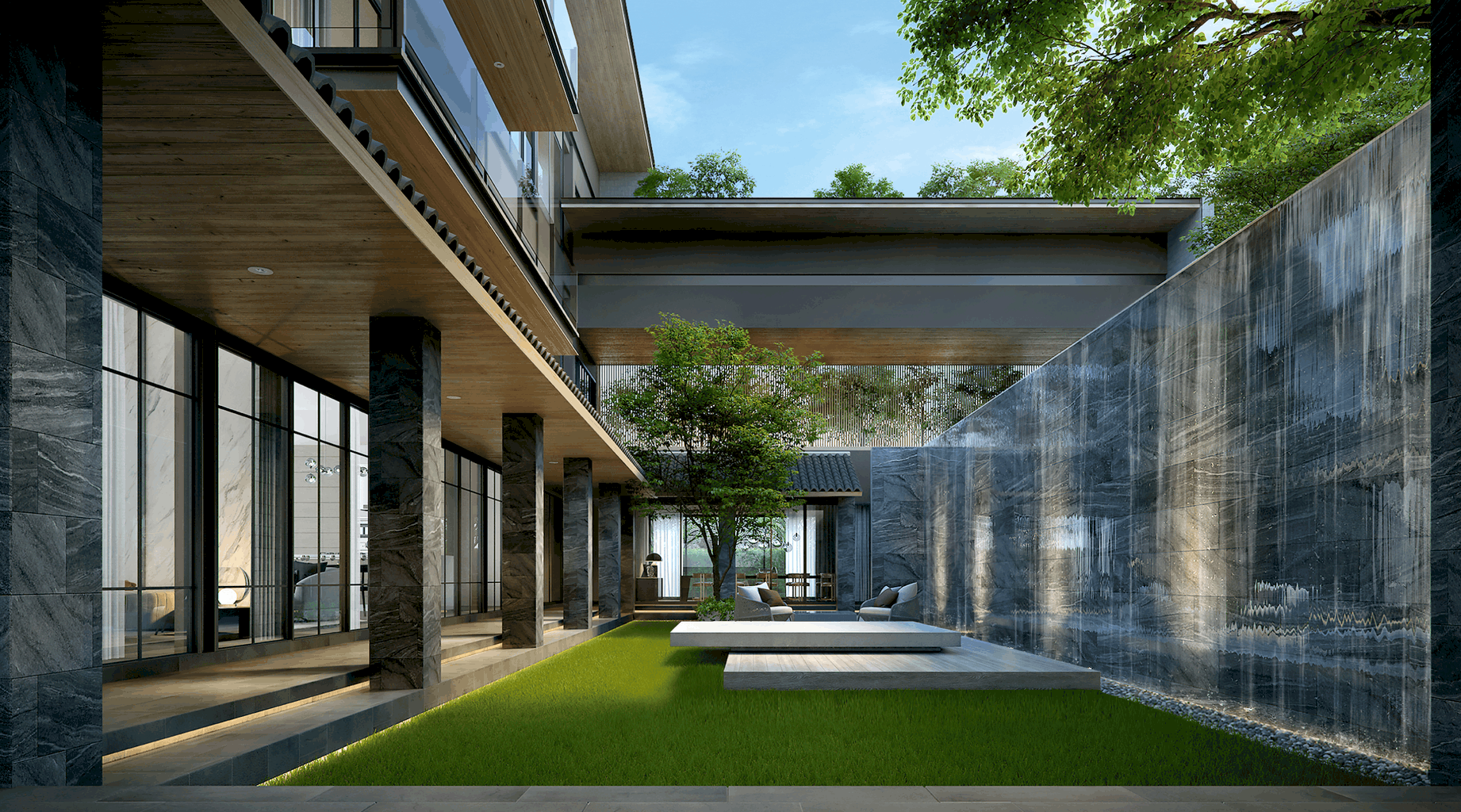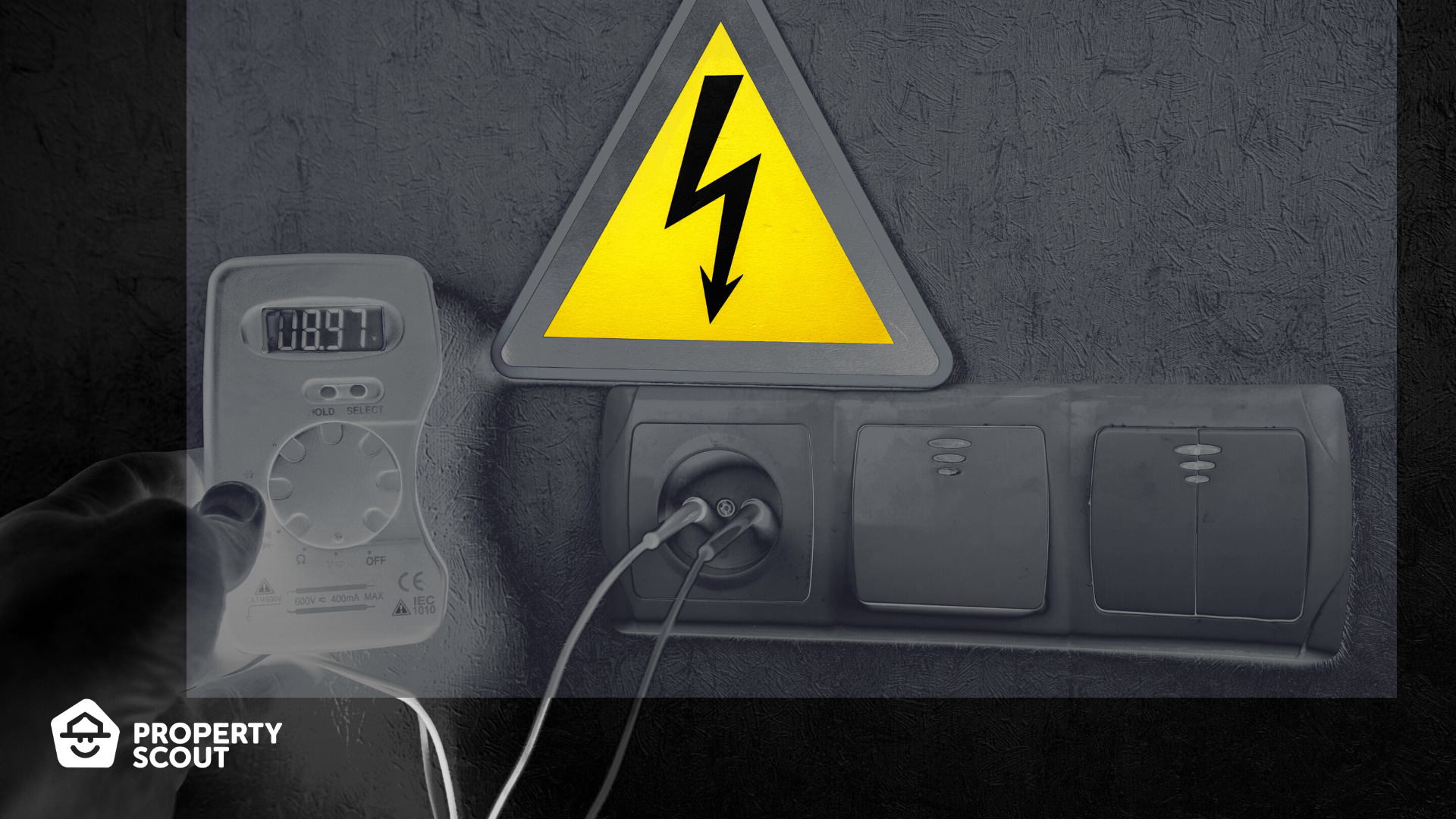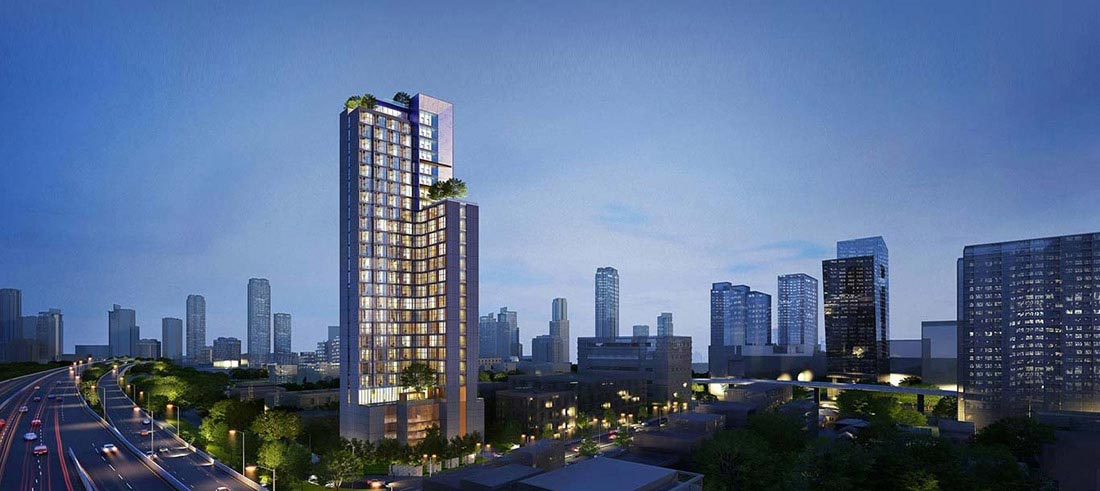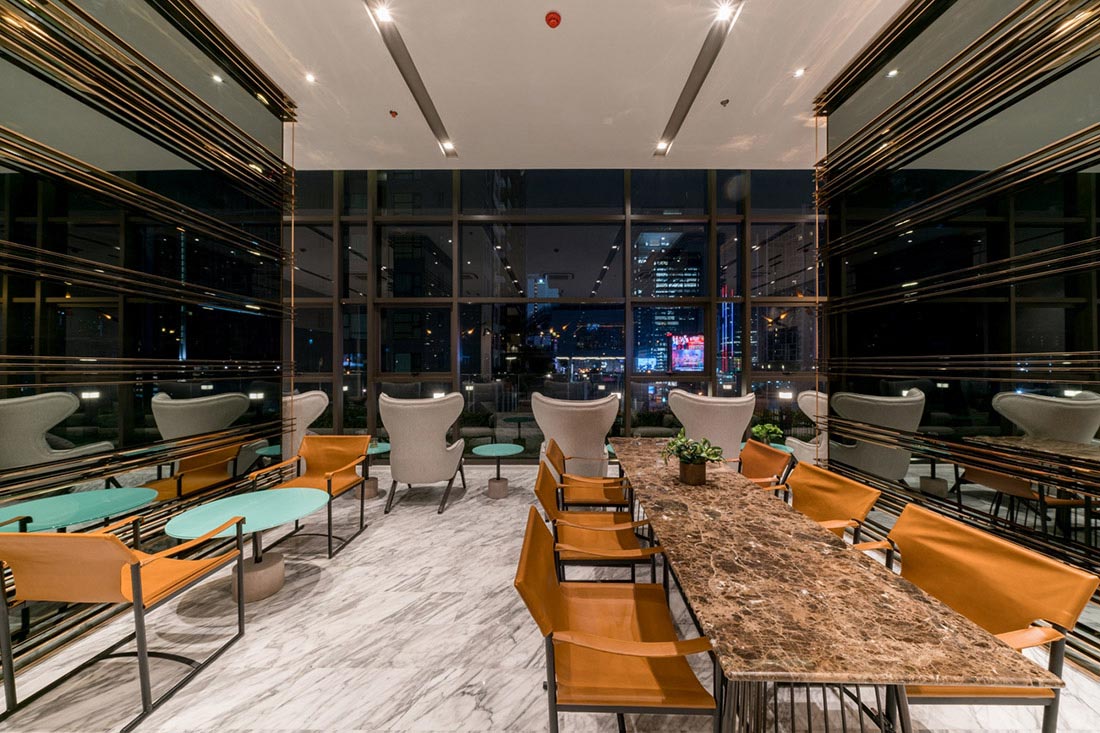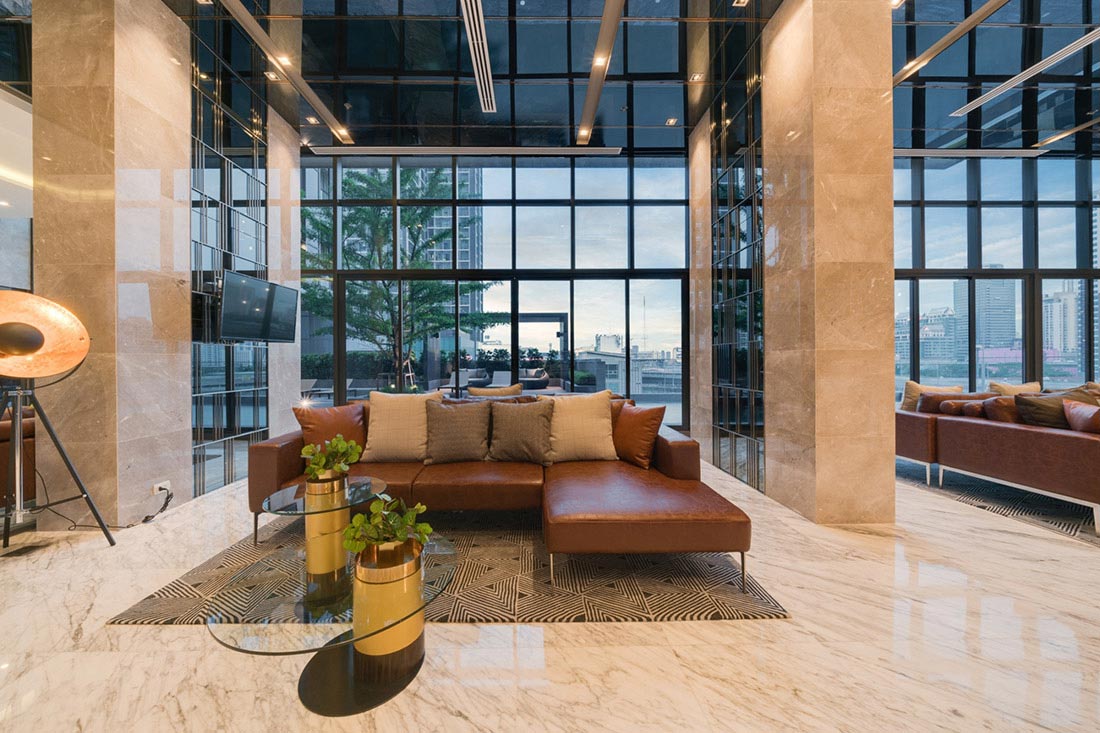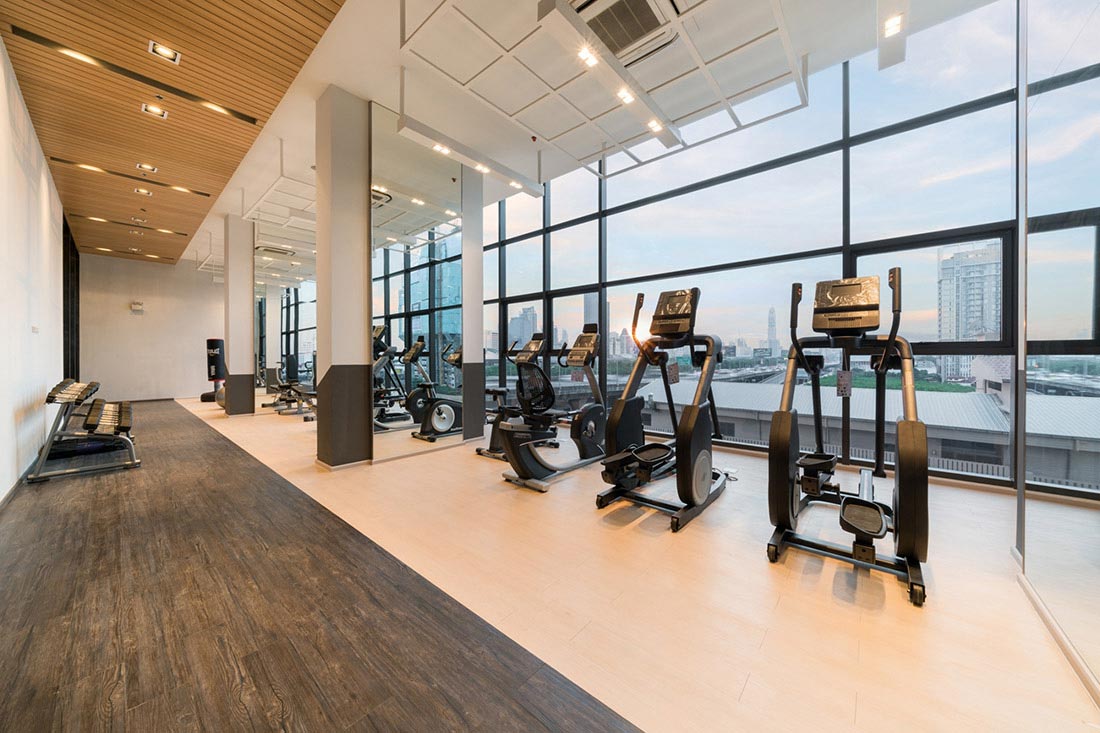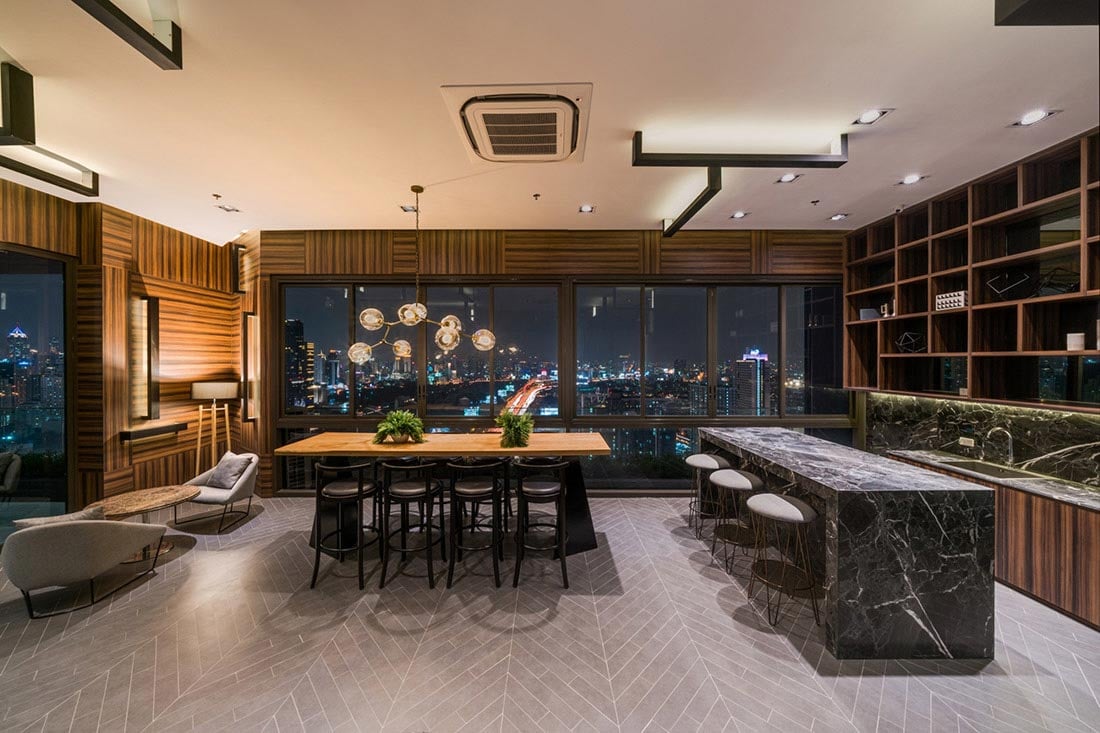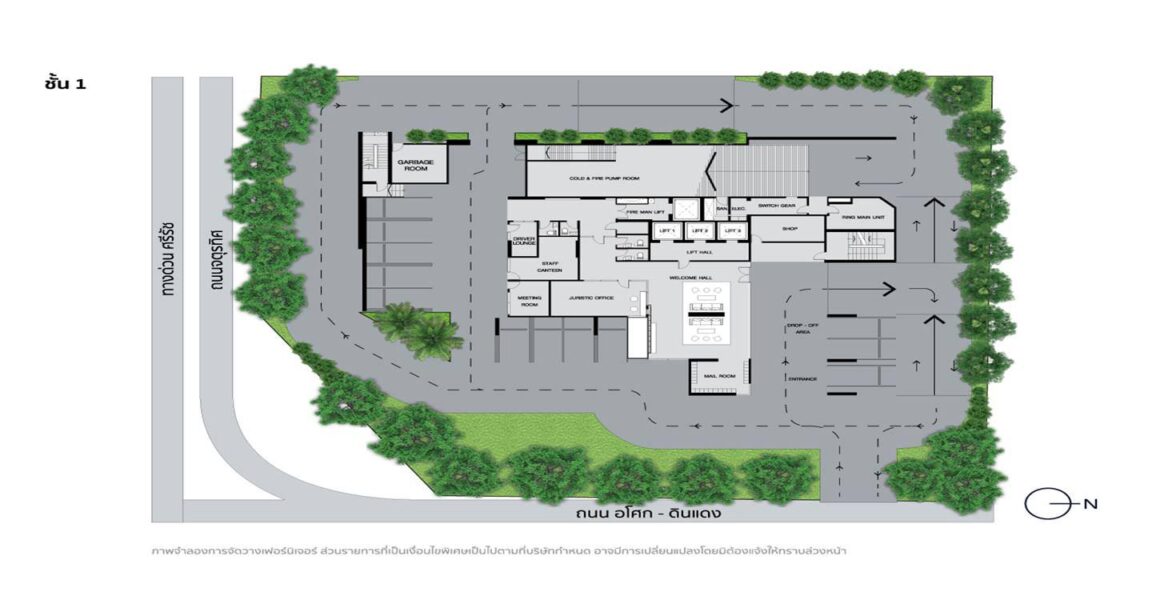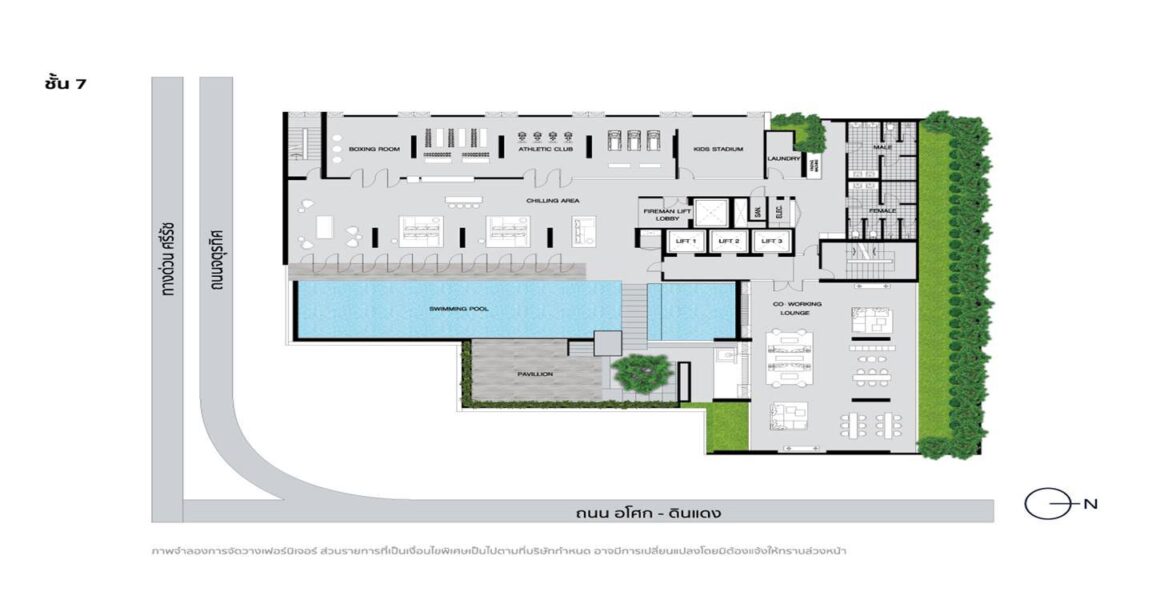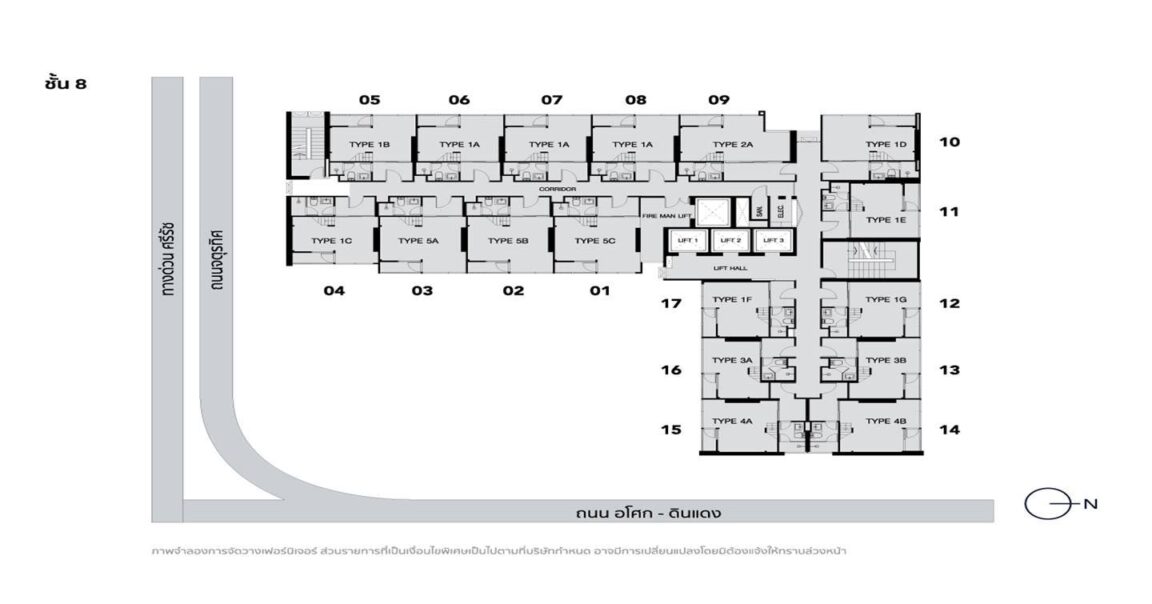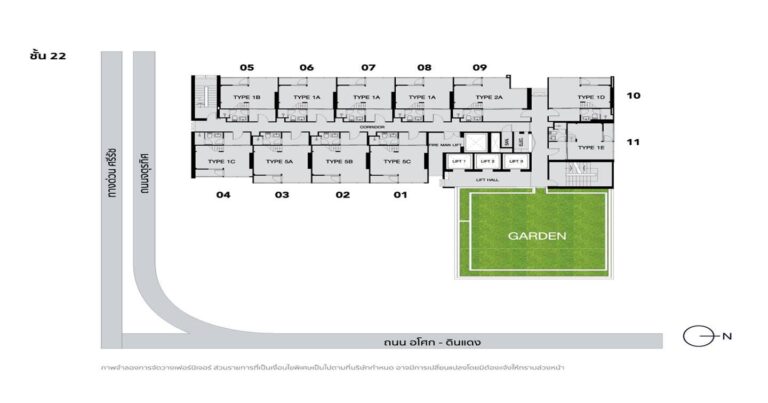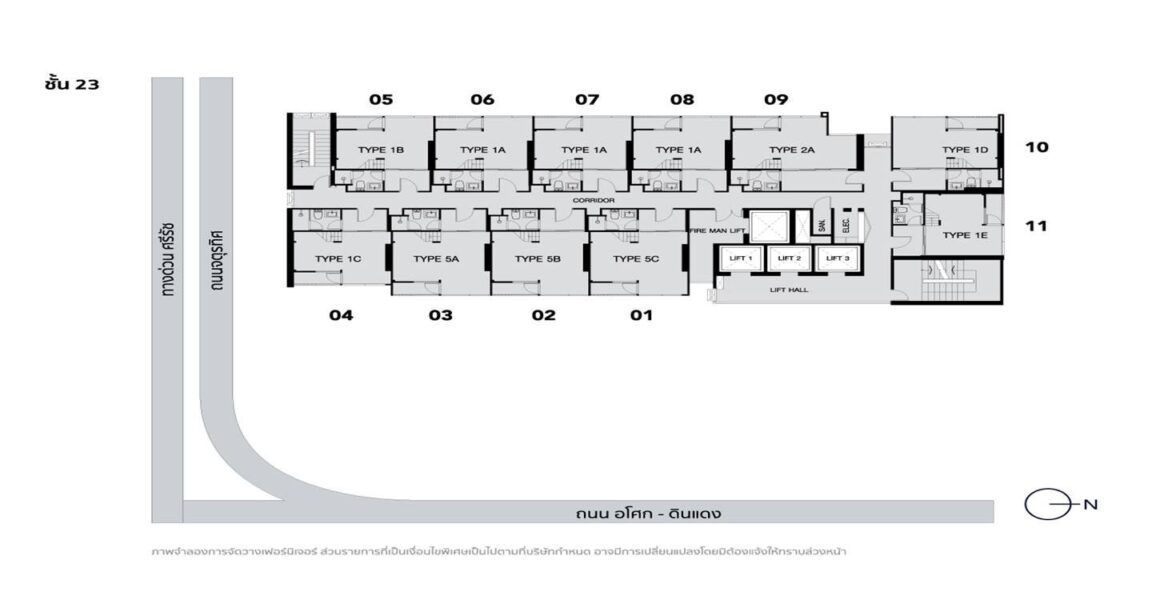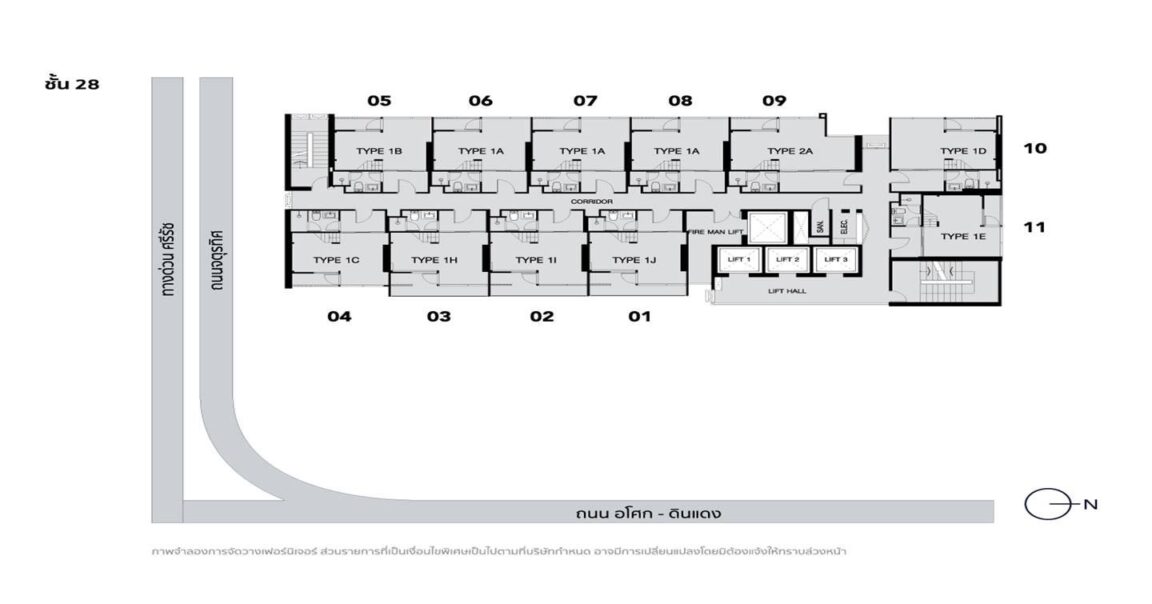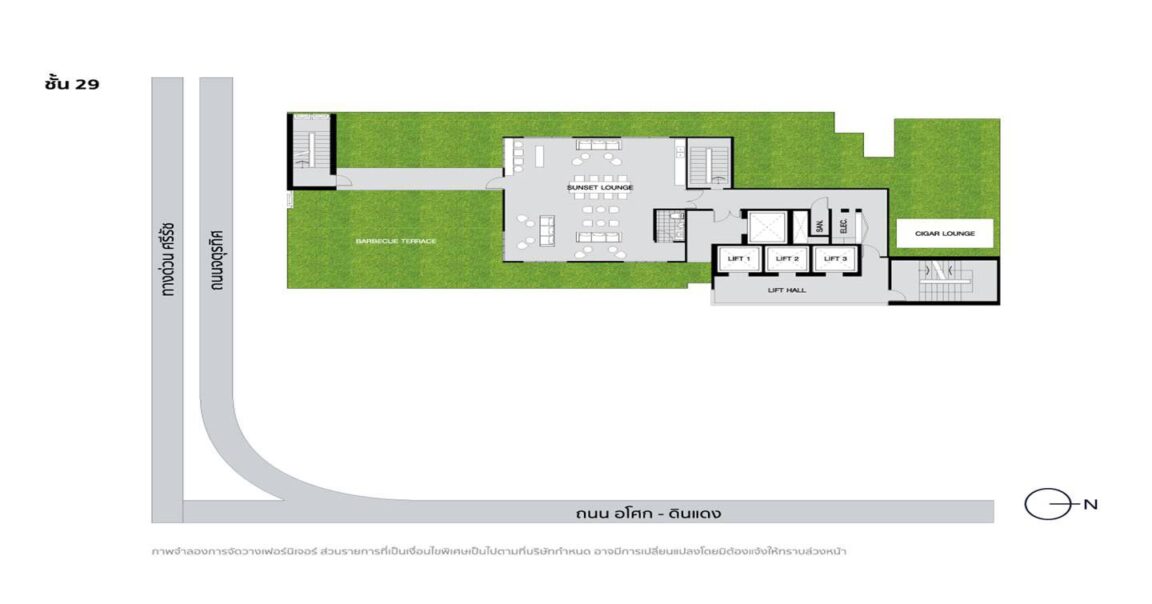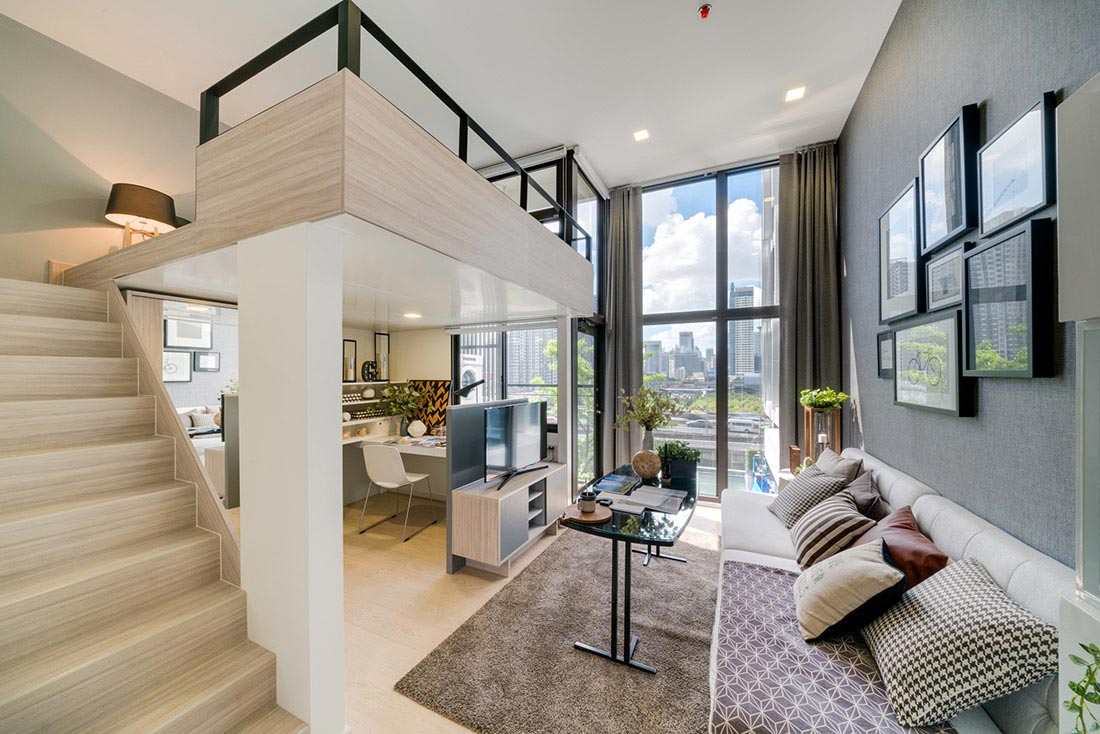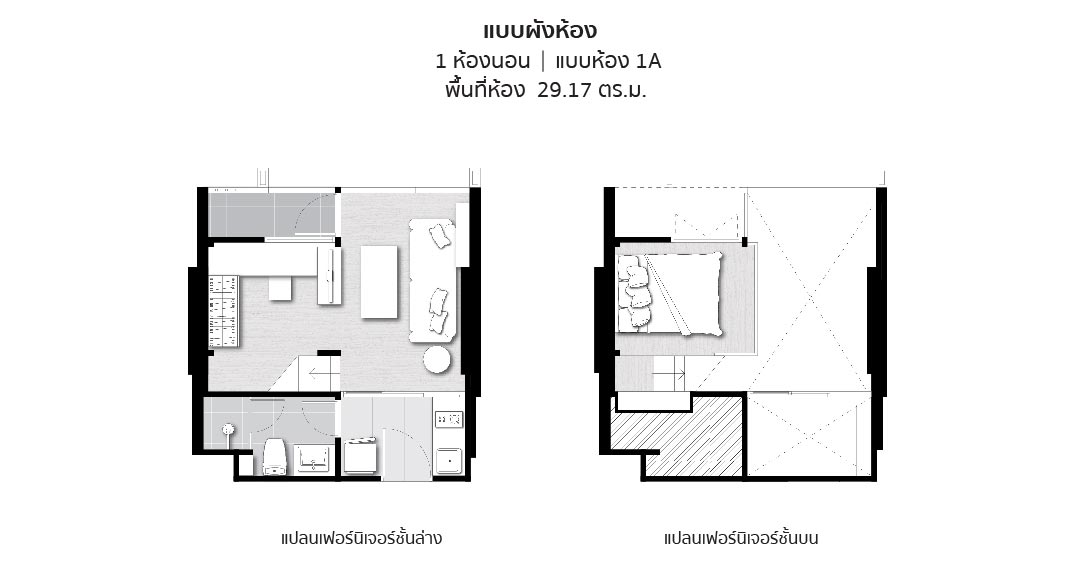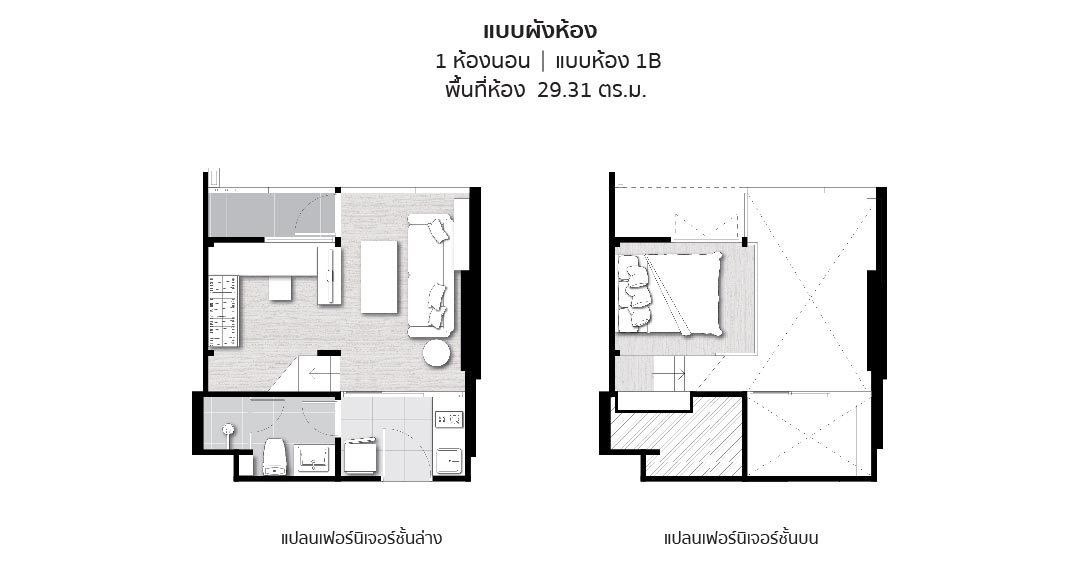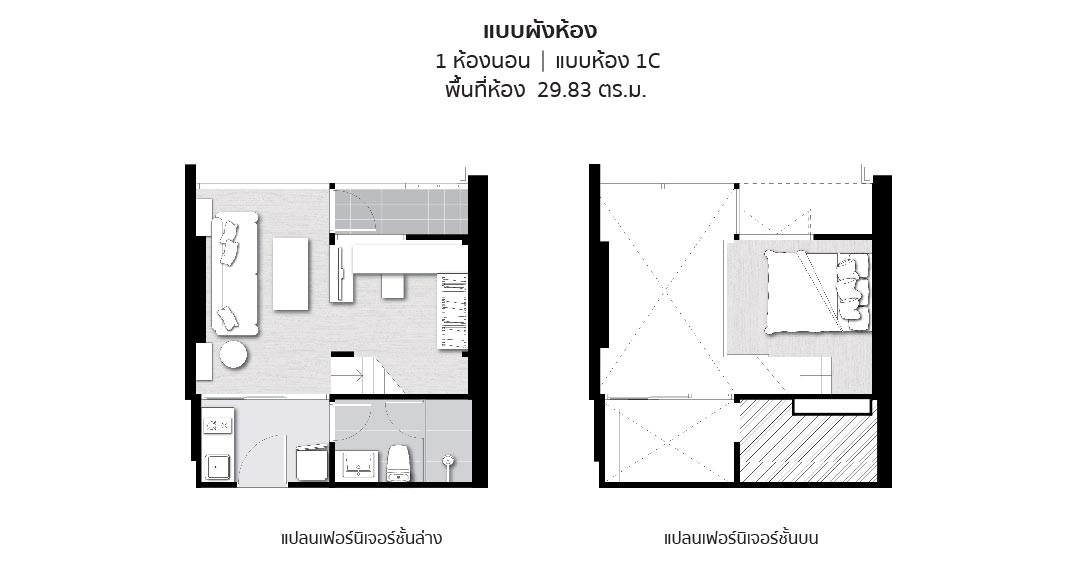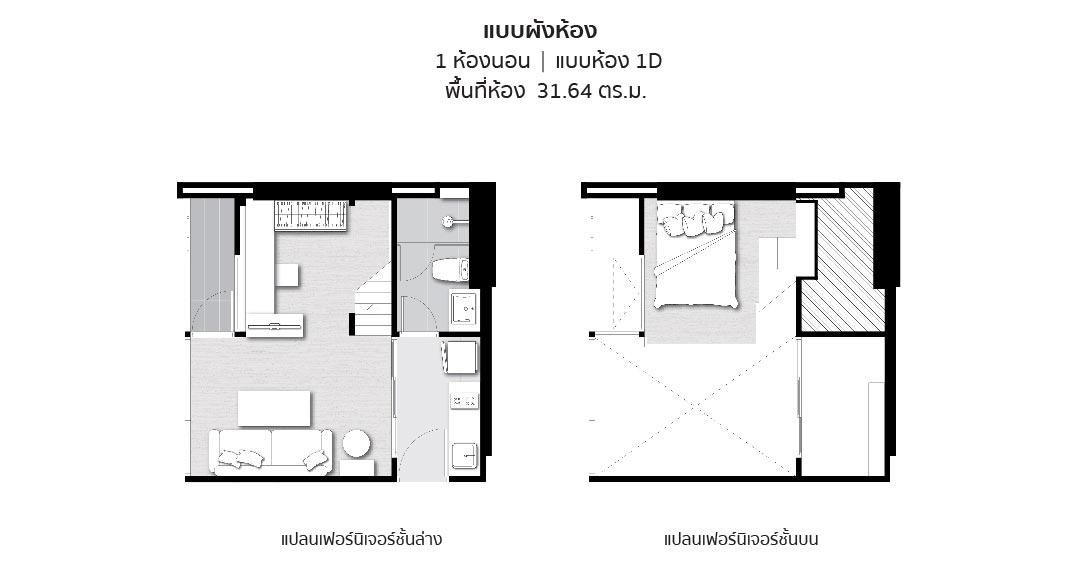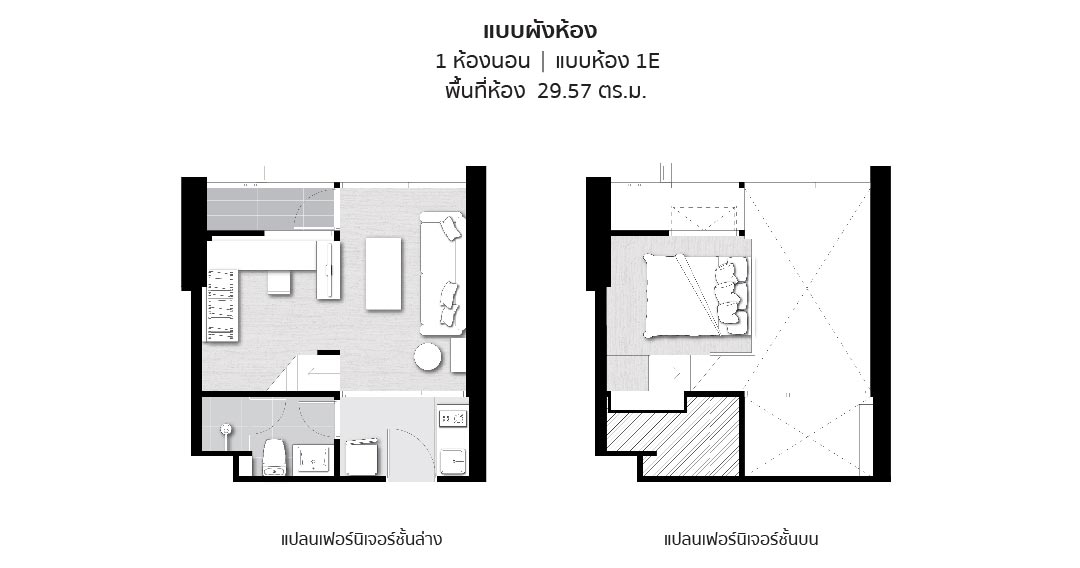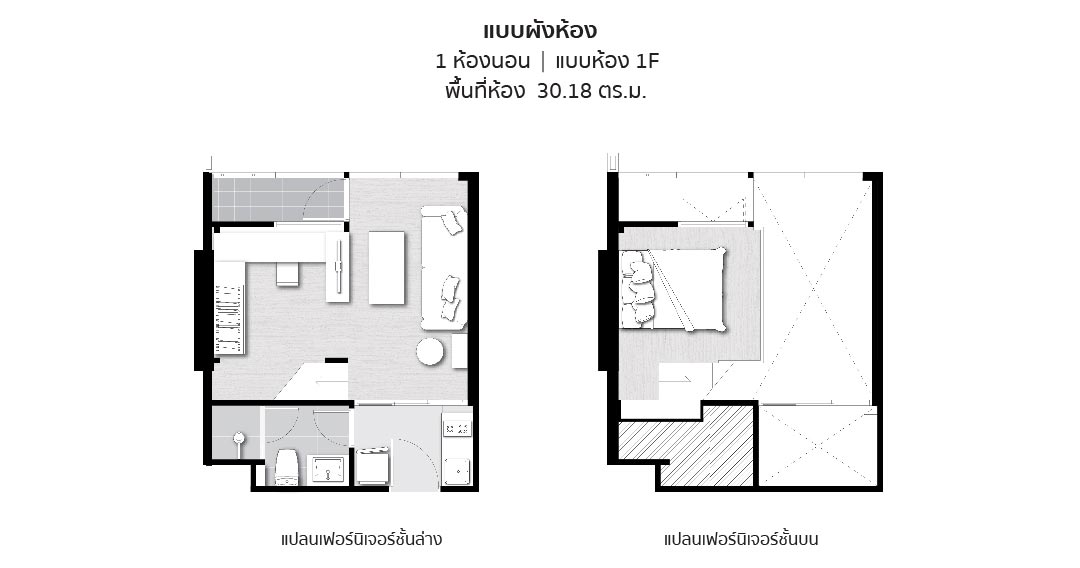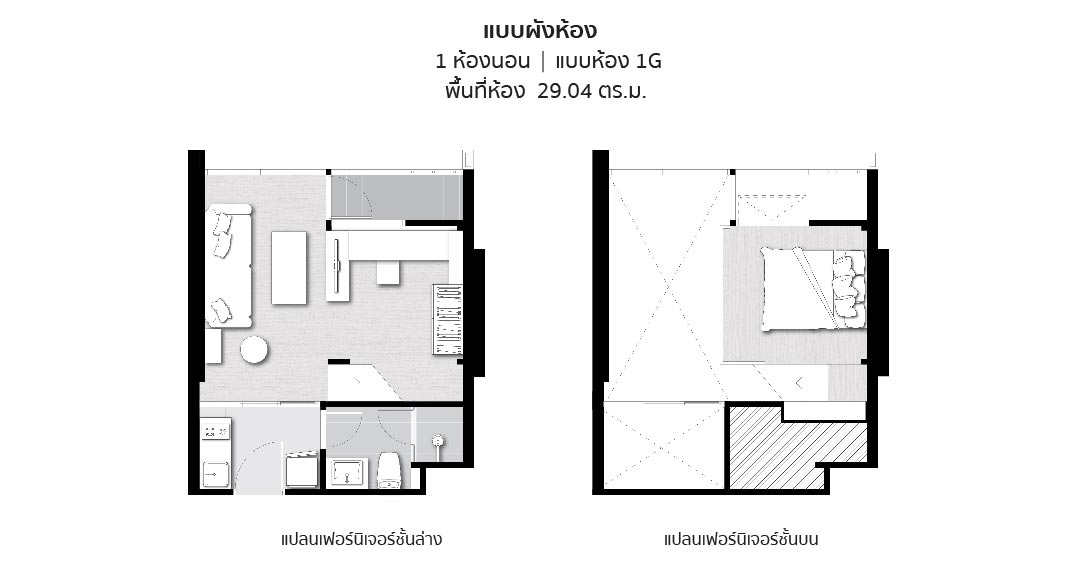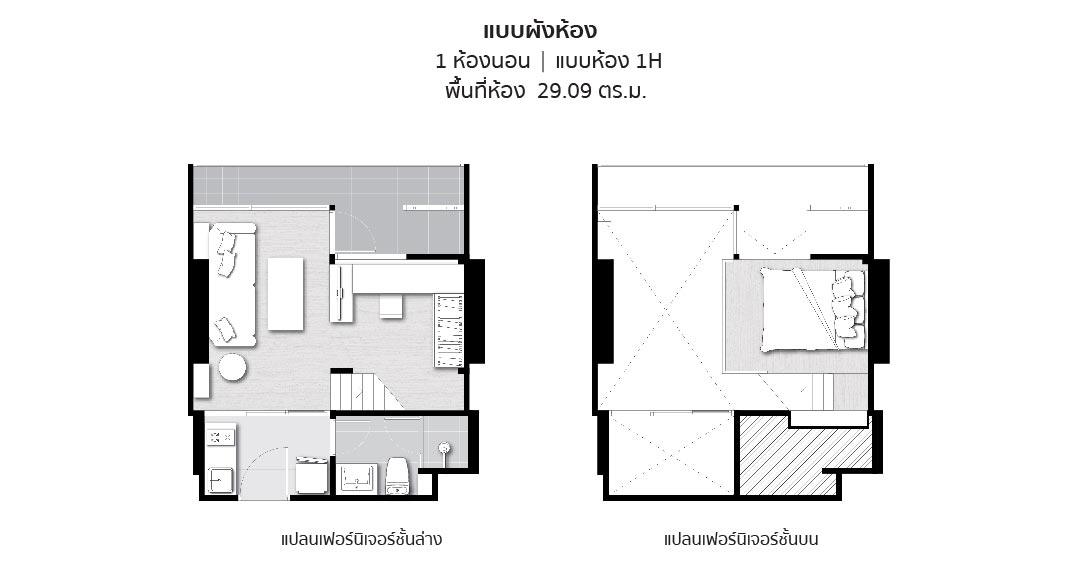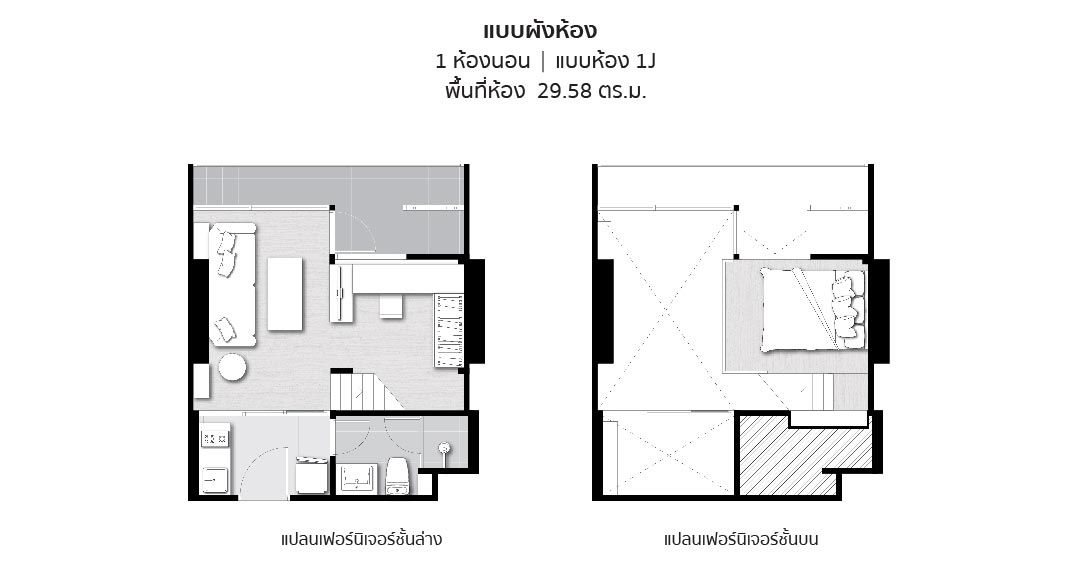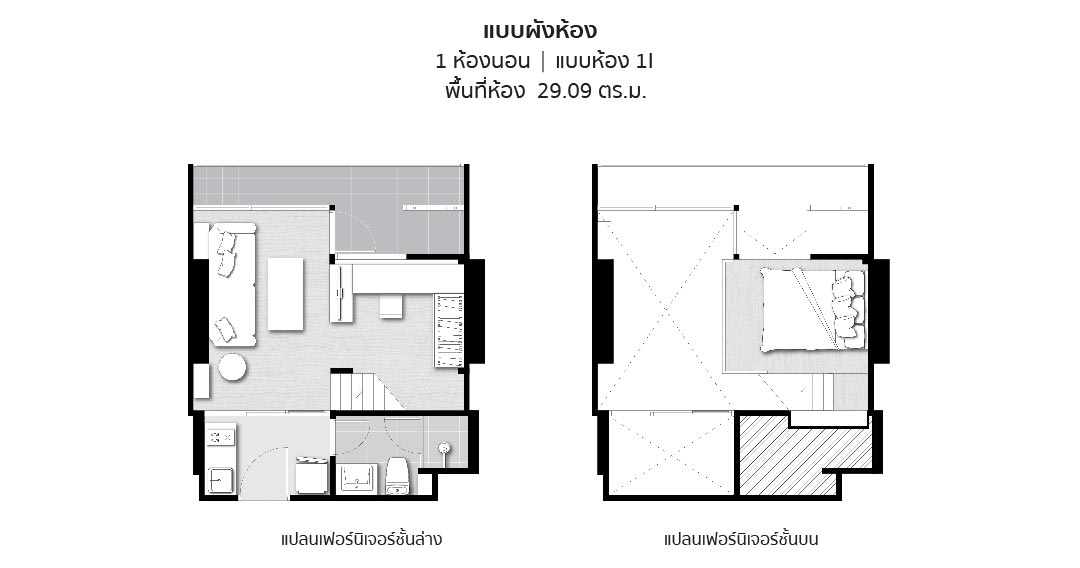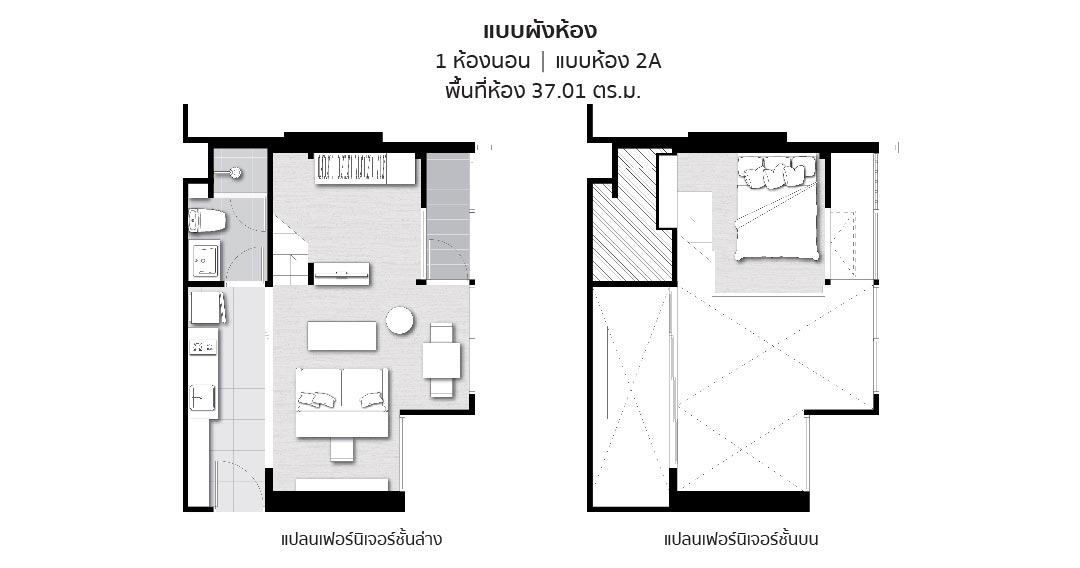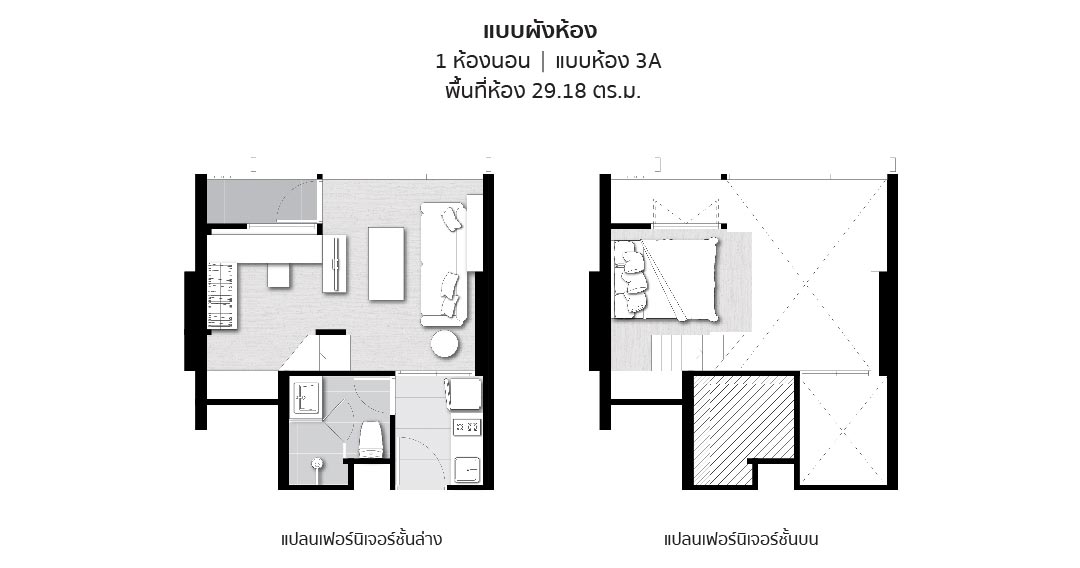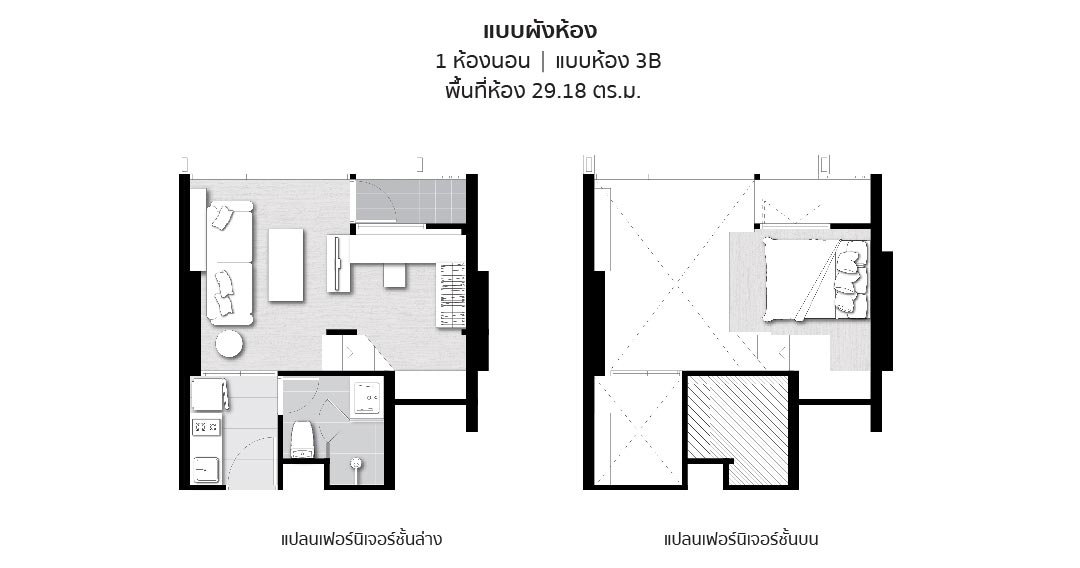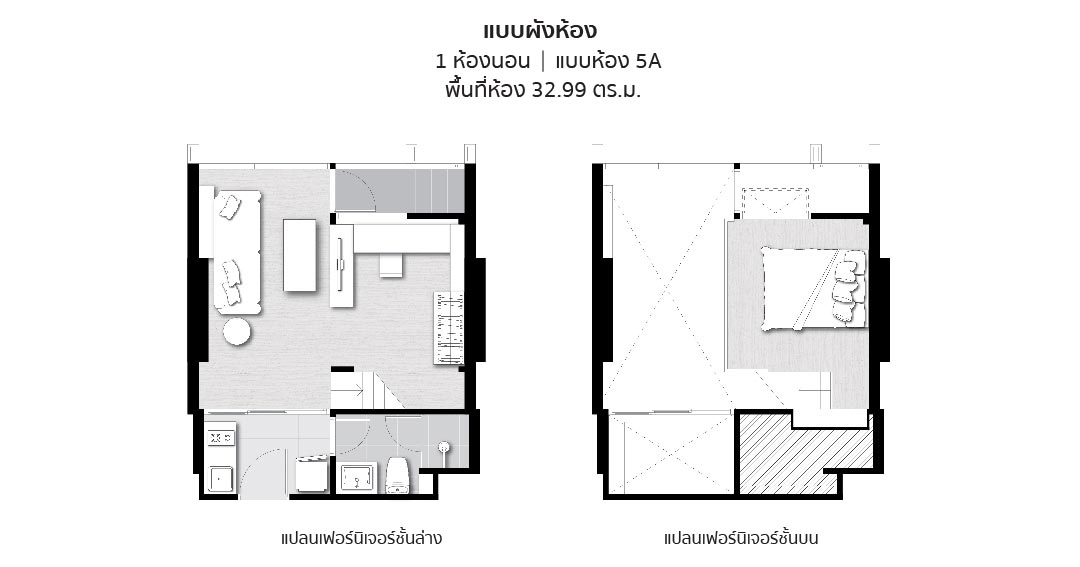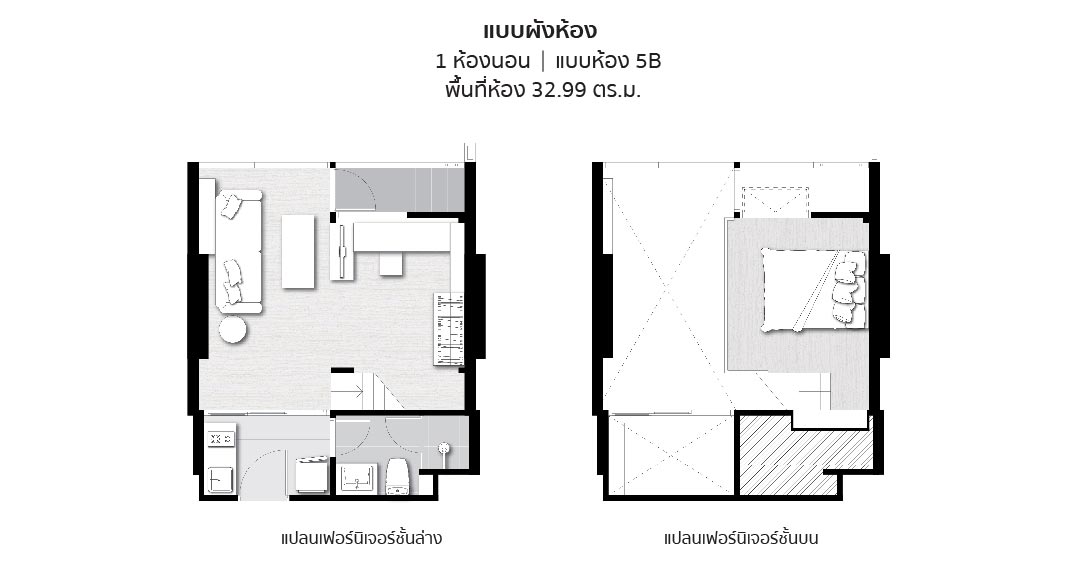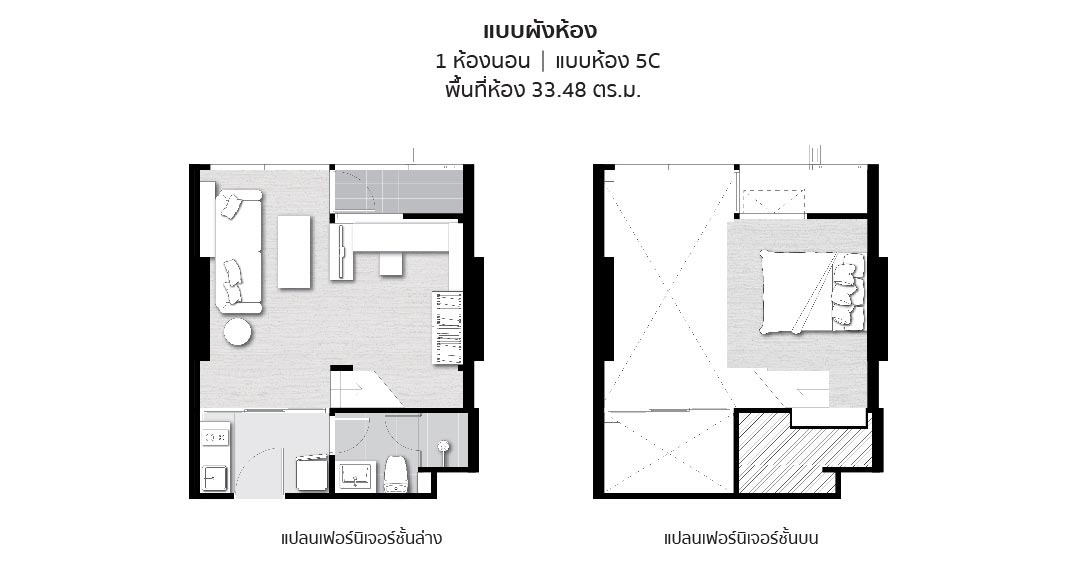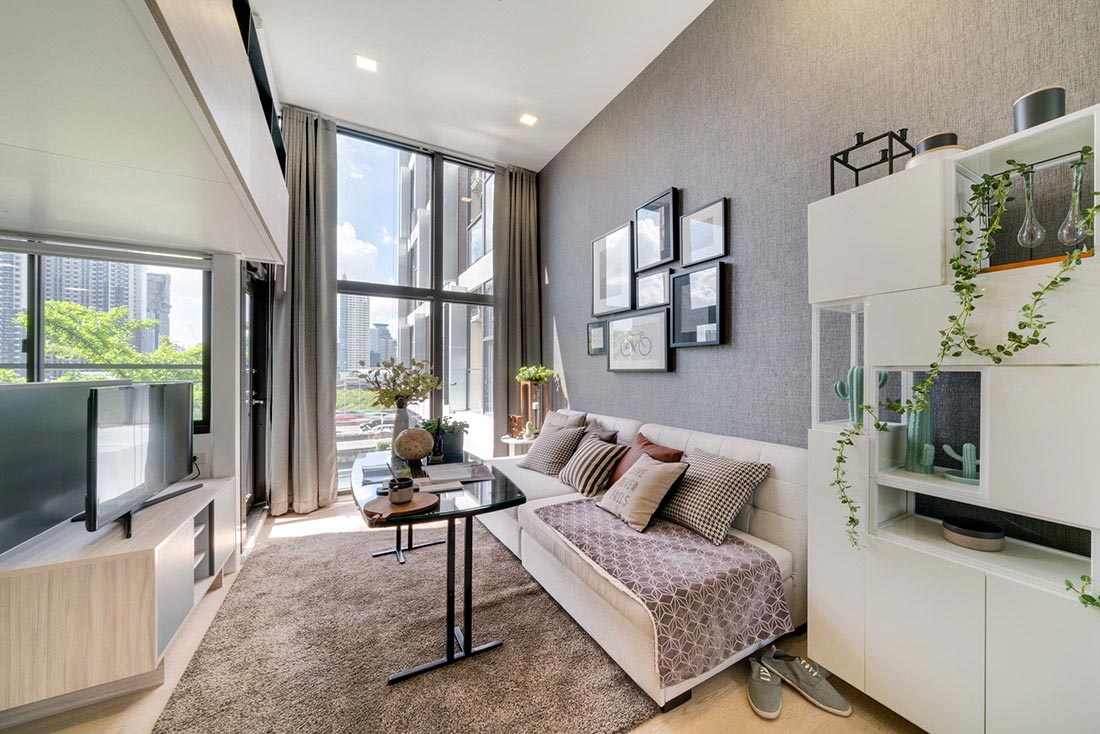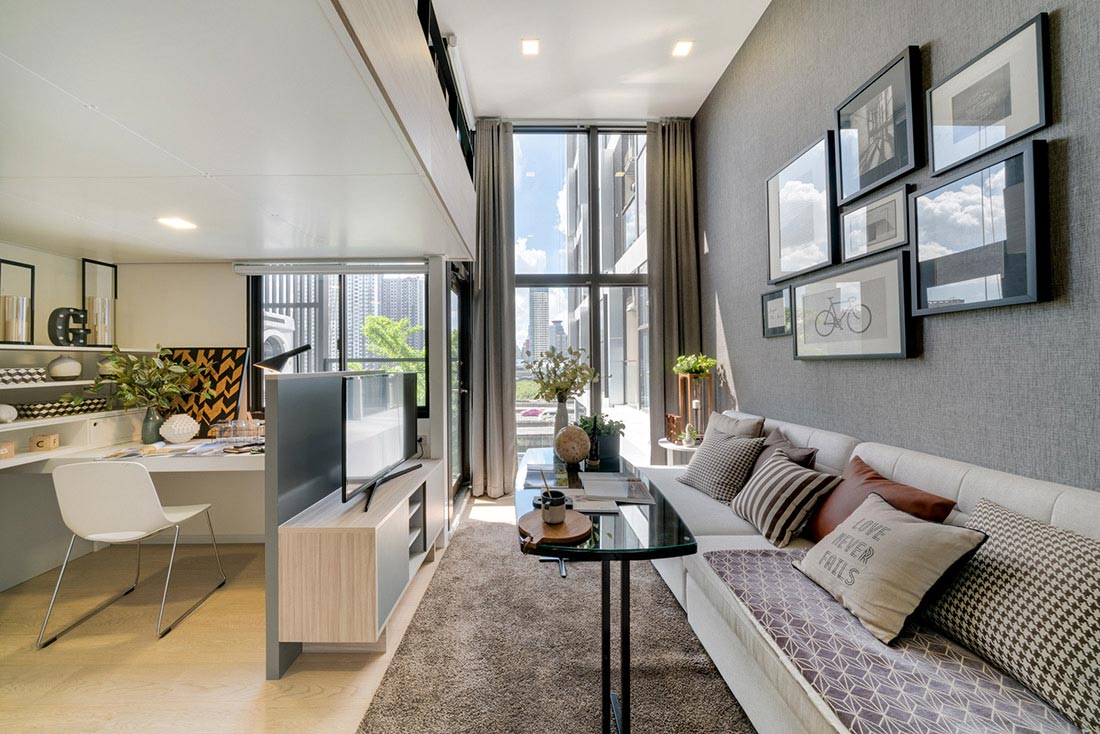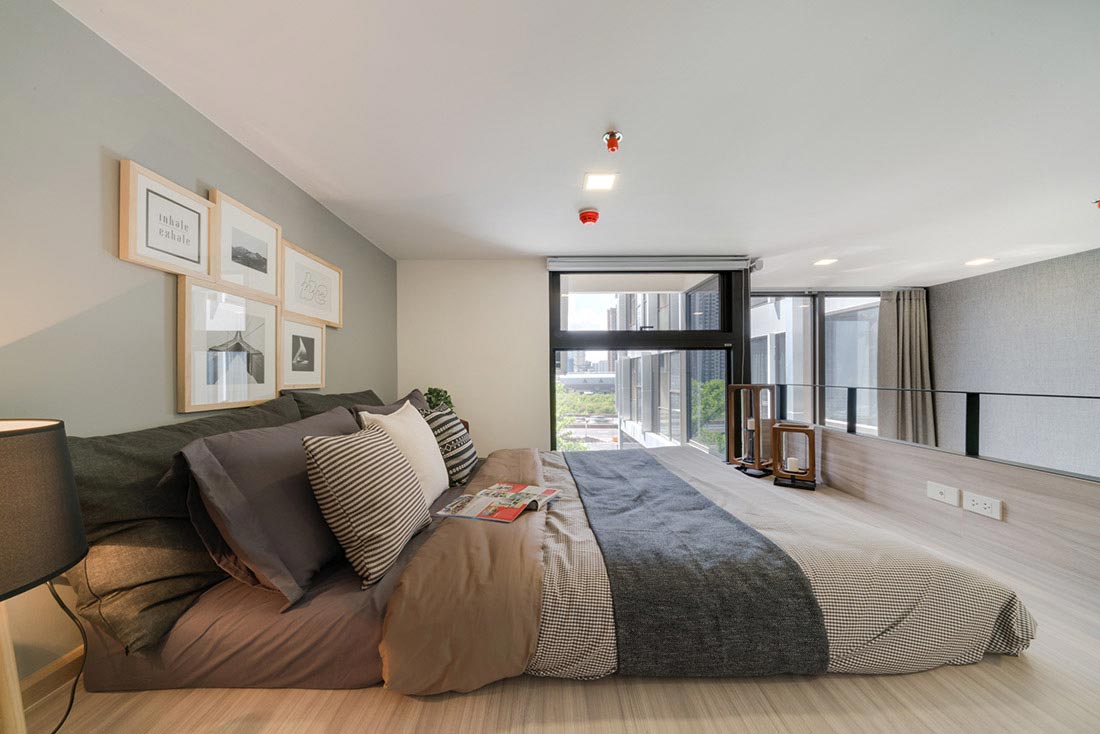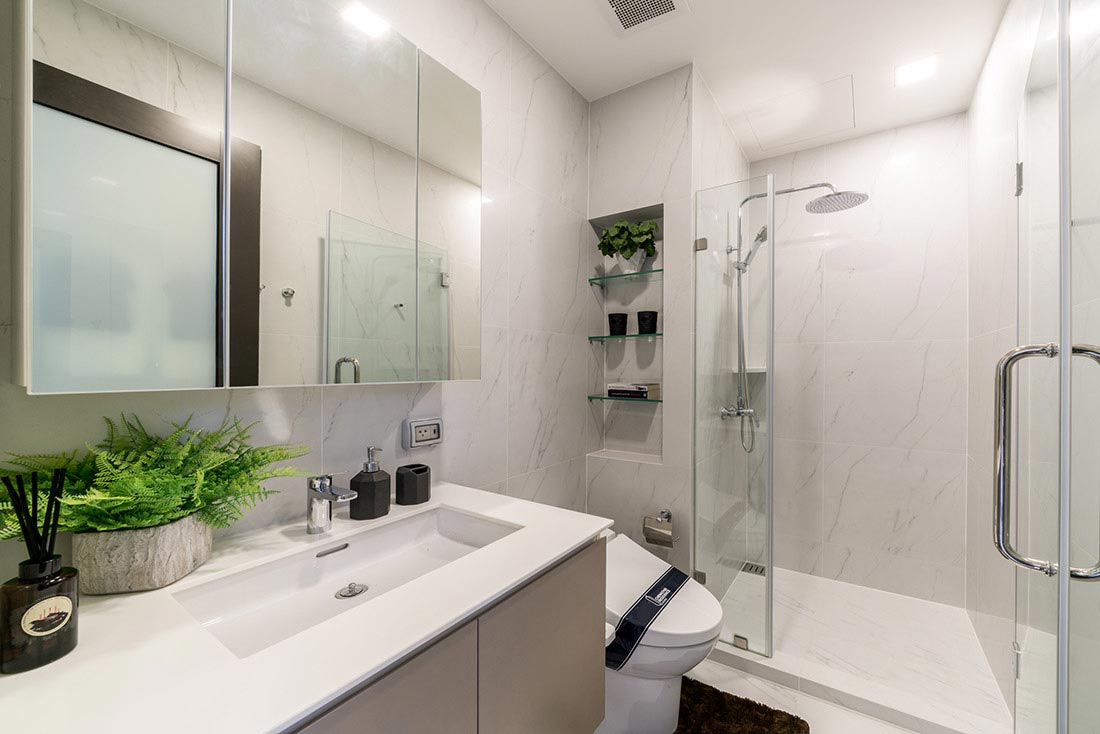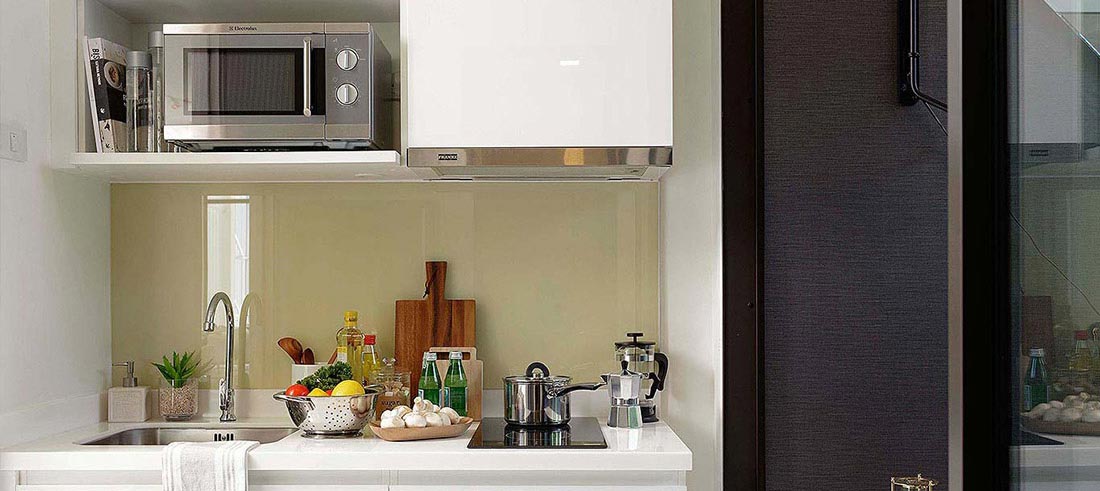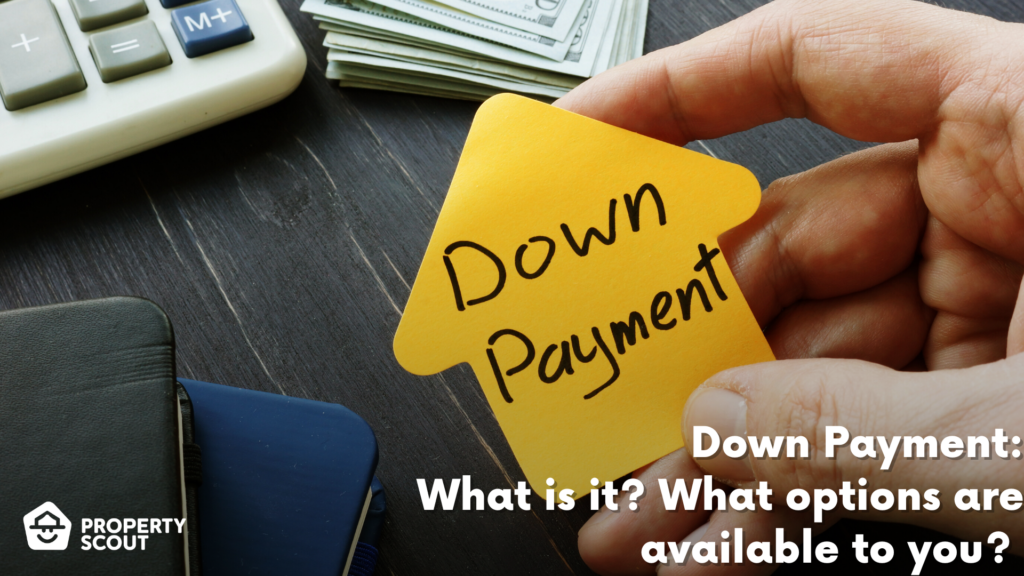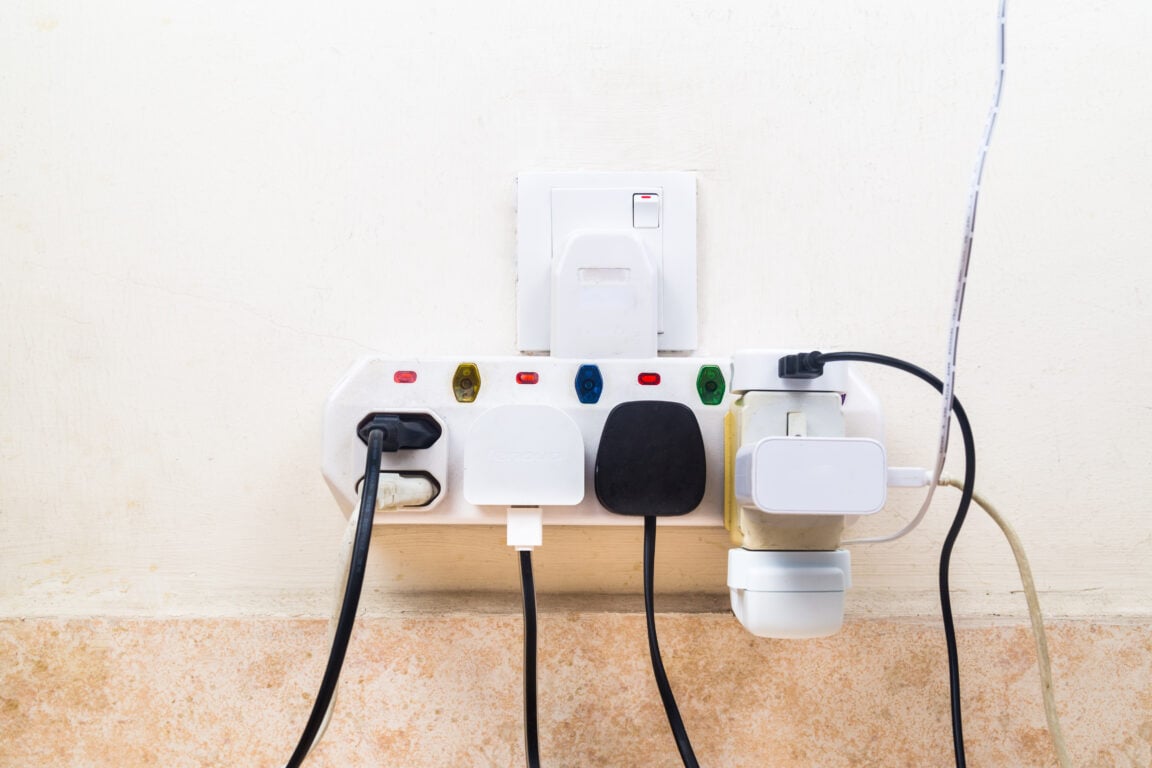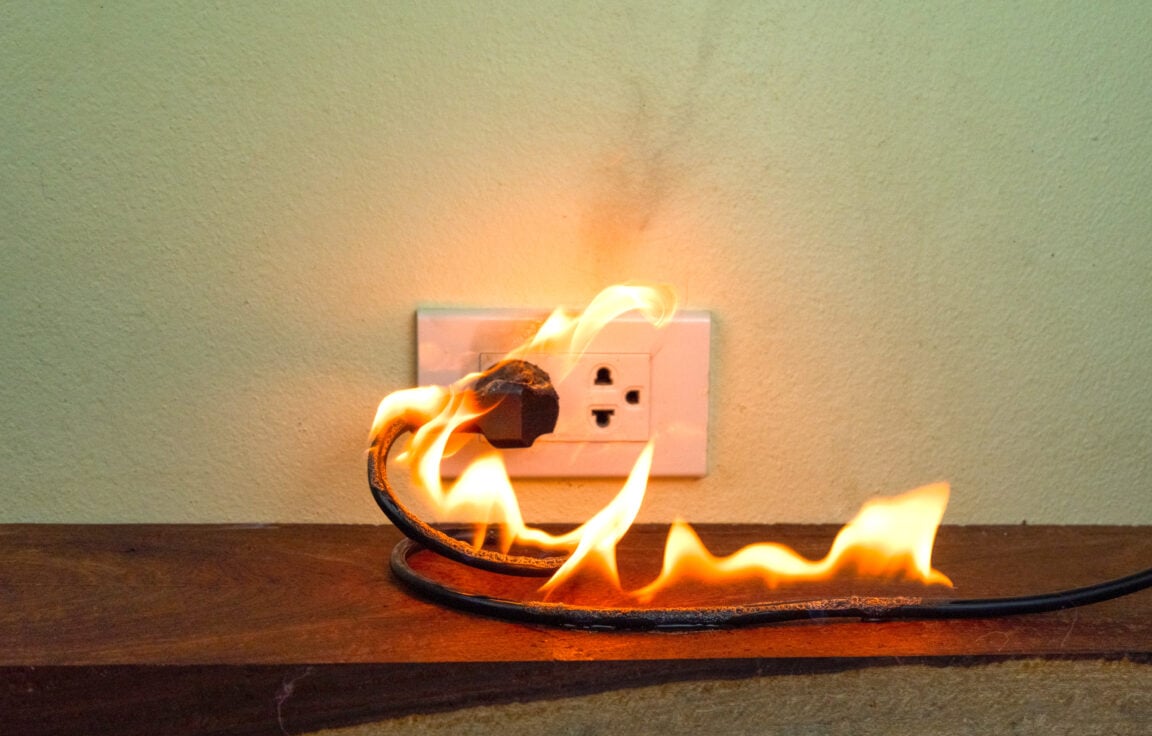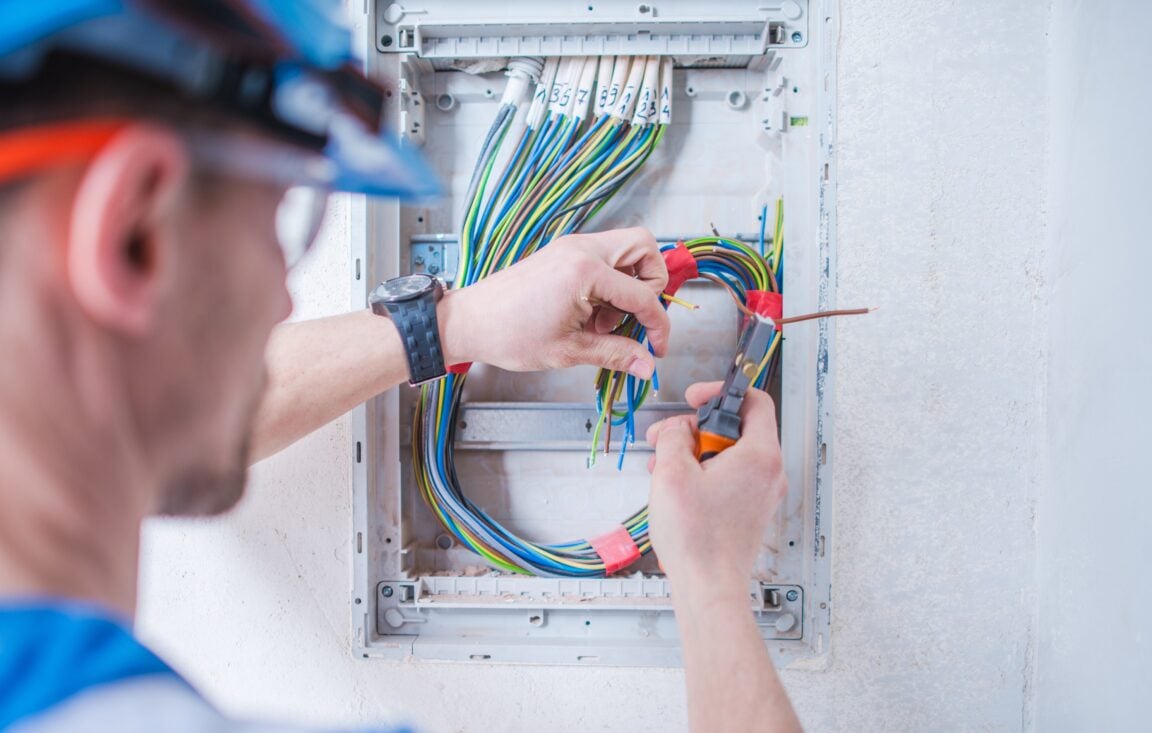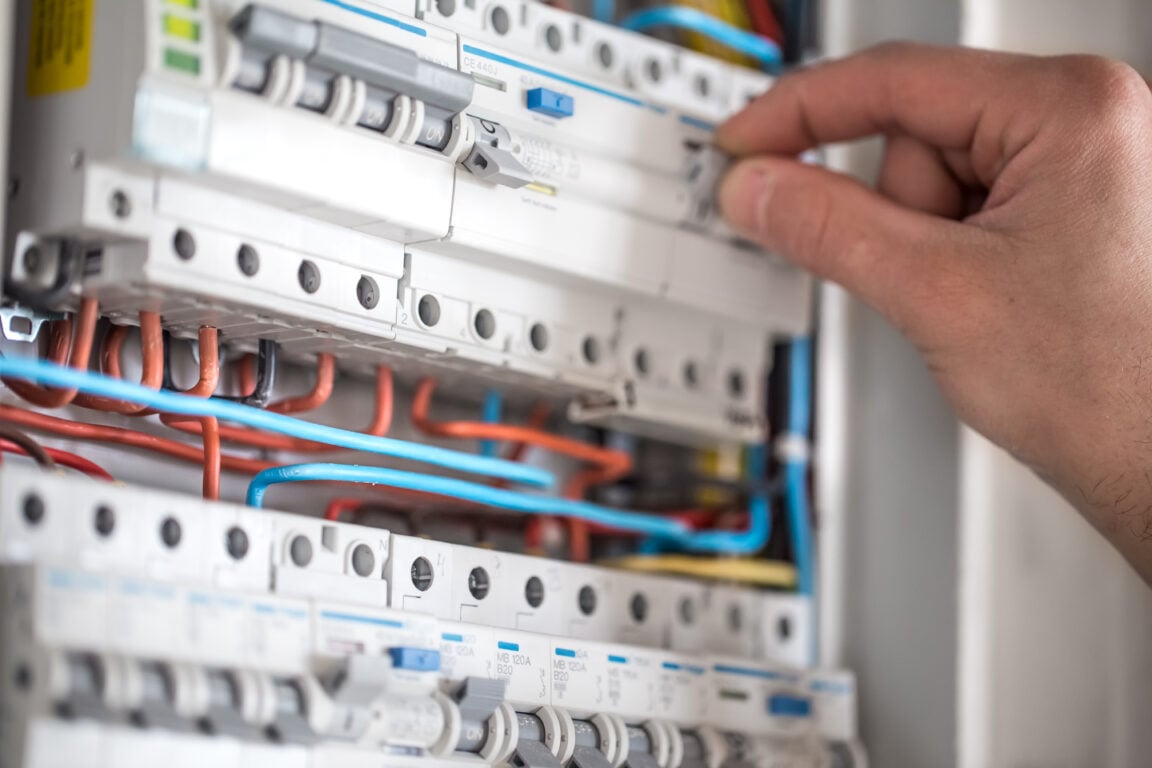In Short
Advice
Bid farewell to the restless hours spent deciphering perplexing Thai laws. Get ready to embark on an exhilarating journey as we unveil the captivating mysteries of Thai home renovation laws, sparking your creativity and granting you the knowledge and assurance needed to effortlessly transform your living space into an extraordinary haven that surpasses all boundaries. Gone are the days of uncertainty and potential legal pitfalls. Whether you're planning to expand your living room, revamp your kitchen, or create a cozy backyard oasis, understanding Thai home renovation laws is the key to unlocking your full renovation potential. Join us as we delve into the intricacies of these laws, uncovering their importance, and guiding you through the necessary steps to ensure compliance. Say goodbye to confusion and embrace a world where your dream home becomes a beautiful reality, all while abiding by the rules. Let's embark on this journey together to pave the way to your ultimate renovation success.
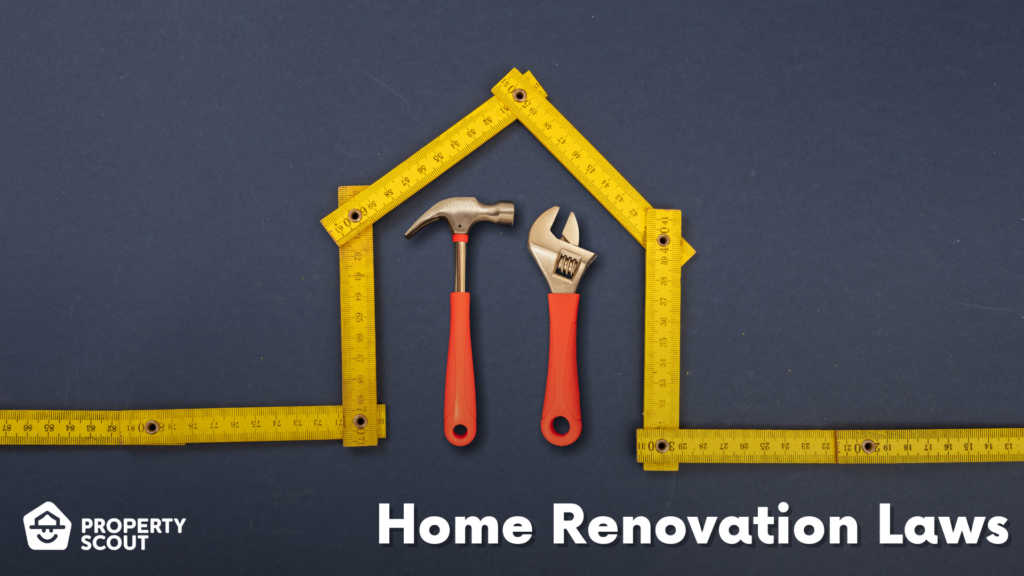
Why does understanding the laws matter

When it comes to home renovation, it's not just about transforming our living spaces; it's also about considering the impact on our neighbors and ensuring everyone's safety. What starts as an exciting project can quickly turn into a nightmare, if ones are not equipped with enough knowledge and understanding of the laws. Conflicts with neighbors, hefty fines, or even forced demolitions due to legal violations are all too common. That's why, before picking up that hammer, it's essential to familiarize ourselves with the renovations that require permission, learn how to navigate the legal landscape, and adopt strategies to maintain a positive relationship with our neighbors.
Renovation and Repairs
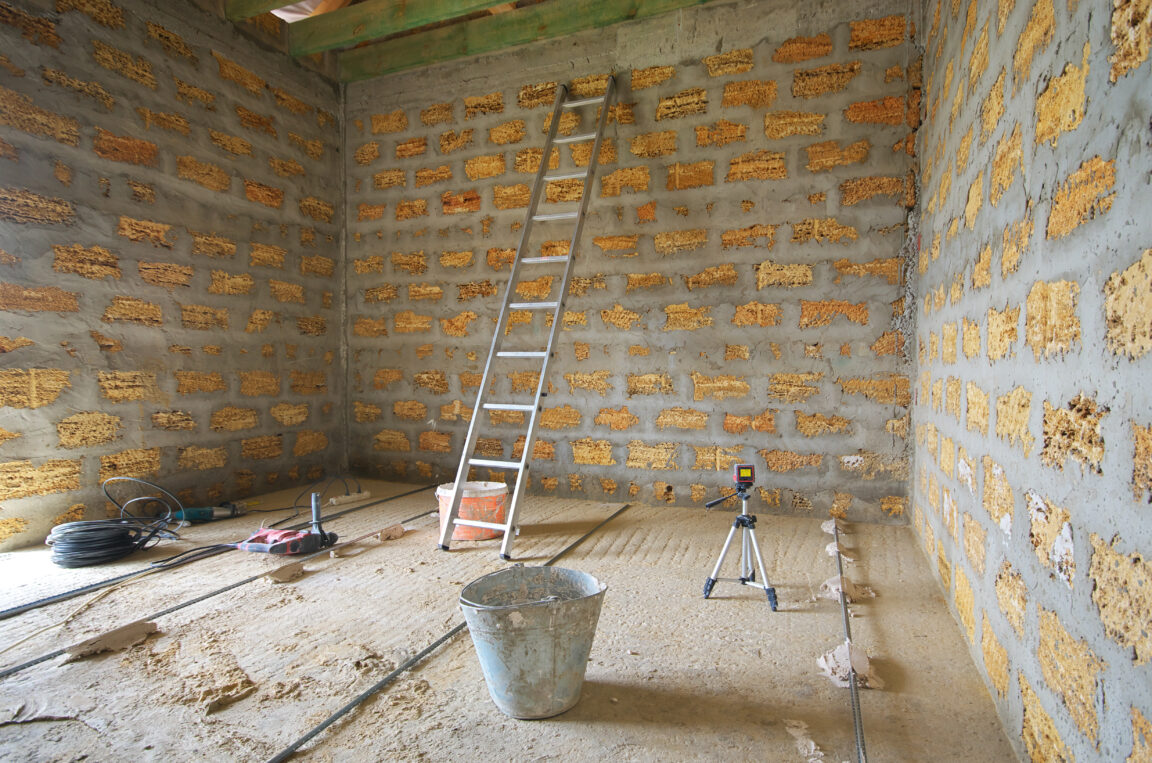
Home renovation is the remarkable process of bringing your vision to life, whether it involves expanding spaces, adding new features, adjusting proportions, or even repairing and maintaining the existing structure. From enlarging your kitchen to creating a covered parking area or fixing that persistent leaky door, the possibilities are endless. However, it's important to note that home renovations are not simply a matter of personal choice. They require permission and adherence to home renovation laws. These laws serve a crucial purpose in ensuring control, oversight, and, most importantly, safety.
Exemptions
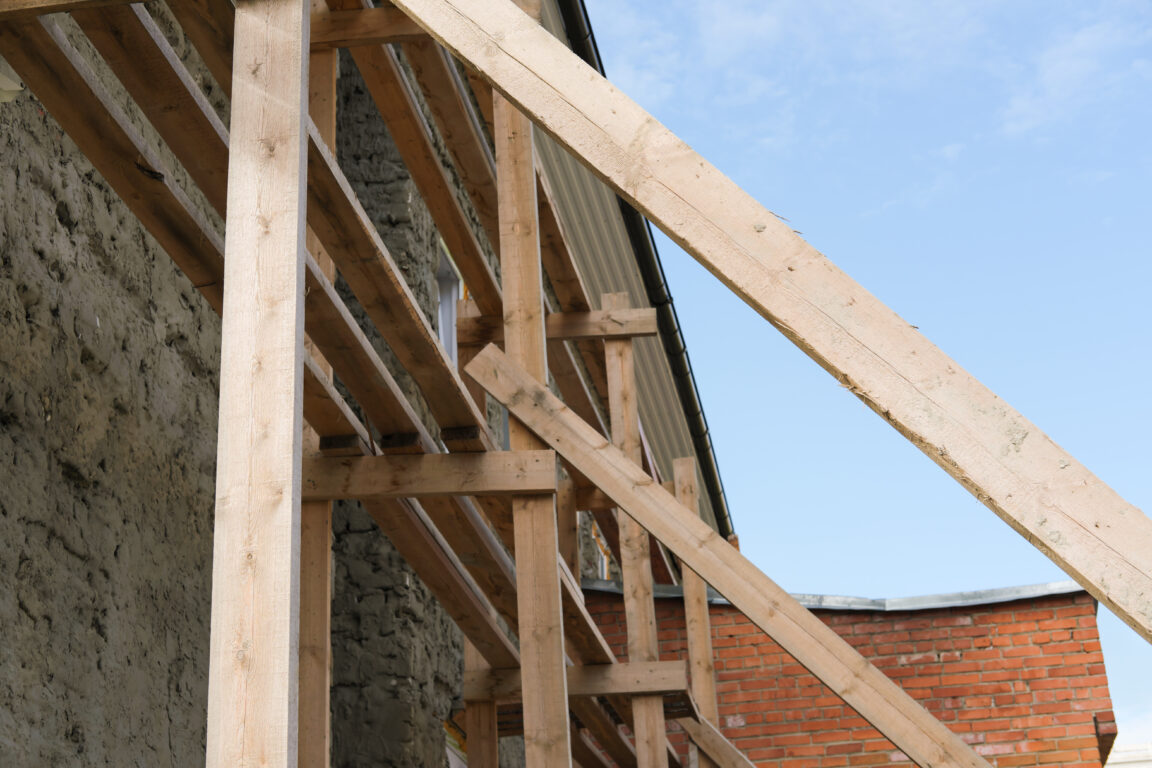
Not all home renovations require the bureaucratic hurdles of permits and approvals. If you're looking to make small changes that won't compromise the structural integrity or weight-bearing capacity of your house, you have the freedom to unleash your creativity without the red tape. These minor renovations can be accomplished hassle-free, allowing you to transform your space with ease:
- Structural Modifications: When it comes to home renovations, not all structural modifications require the hassle of permits and approvals. If you're envisioning changes that align with the existing design, you have the freedom to bring your ideas to life without seeking formal permission. For instance, replacing four worn-out wooden posts with fresh ones can be done at your discretion. However, it's crucial to note that alterations involving reinforced concrete, compressed concrete, or steel structures always require permission.
- Non-Structural Modifications: When it comes to modifying non-structural elements like walls, floors, and decorative features, you have the freedom to let your imagination soar. As long as the total weight increase remains under 10%, there's no need for formal approval.
- Building Component Modifications: Modifying the size, shape, or dimensions of windows, doors, and ceilings, among others, can be done freely, as long as the weight increase stays under 10%. Imagine the freedom to enhance your space and redefine its aesthetics without the bureaucratic red tape.
- Floor Area Adjustment: When it comes to adjusting the overall floor area of your home, you have some room to maneuver without the need for permission. You can increase or decrease the total floor area by up to 5 square meters, all while keeping the existing pillars and beams intact. Additionally, you have the freedom to install new ceilings without facing any formal approval requirements. This level of flexibility empowers you to optimize and customize your living space without getting caught up in bureaucratic obstacles.
- Roof Adjustments: When it comes to adjusting the size of your roof, you have the freedom to increase or decrease its area without the need for permission, as long as you don't add or remove any pillars or beams. Additionally, if the total weight increase stays within 10%, you can make these modifications without the hassle of formal approval. This flexibility empowers you to transform your roof space according to your preferences and requirements, providing an opportunity to enhance your home without bureaucratic constraints.
Who do you ask permission from?
Under the Building Control Act of 1979, anyone planning to build, renovate, or move a building, including houses, must obtain permits from local authorities or provide prior notification. These local authorities encompass the governor of Bangkok, the mayor, the mayor of Pattaya, the head of the sub-district administrative organization, and local administrators of local government organizations. In essence, this means that obtaining permission from the appropriate authorities in the specific area where your house is situated is necessary.
Home Renovation Laws
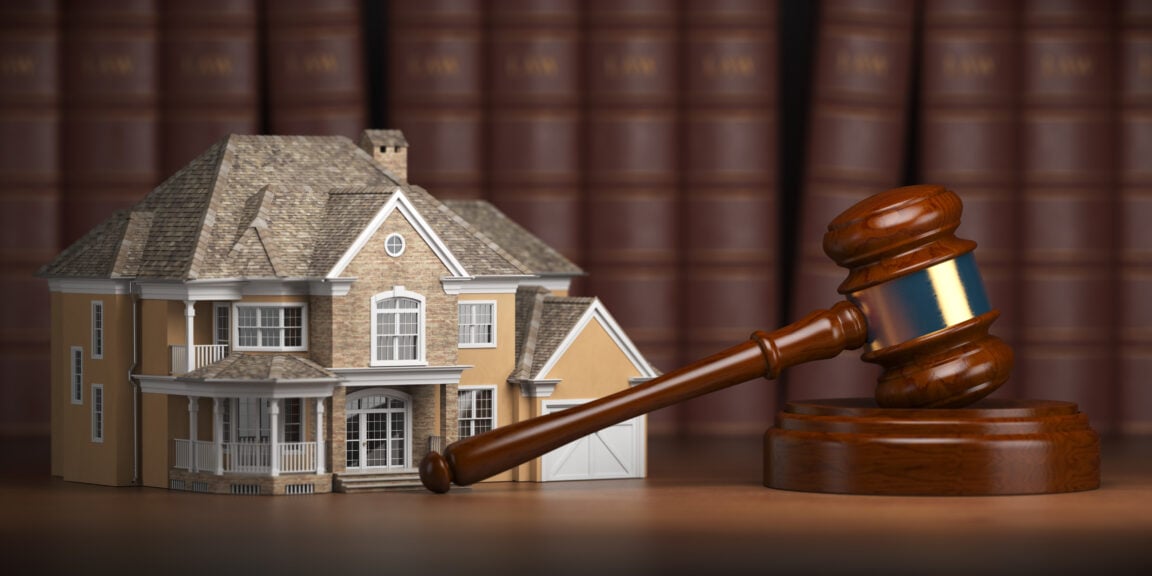
Building Setback
The term 'building setback' defines the distance that should be maintained between a building and a public pathway. This measurement is taken from the edge of the pathway to the outermost part of the building. The method of determining setbacks may vary depending on the type of building. Whether measured from the roadside or a midpoint on the street, the setback area must be an unobstructed space between the road and the building, excluding the boundaries of the land on which the building stands.
Distance between buildings
There are various types of building distances, and the following content will specifically focus on cases related to single-story buildings up to a maximum height of 9 meters. Examples include home extensions, backyard areas, kitchen additions, laundry rooms, or second-floor balconies, where the measurement is primarily taken from the boundary of the land to the building itself.
Distance between walls
In the case of walls with openings such as windows, ventilation openings, or translucent openings, the distance between the wall and the adjacent boundary must be at least 2 meters. For solid walls, the distance from the wall to the adjacent boundary must be at least 50 centimeters, unless the owner of the adjacent property provides written consent for construction to be done closer. This requirement is in accordance with the regulations specified in Ministry of Interior Regulation No. 55, Section 50.
Roof overhang/eave distance
For roof overhangs or eaves, they must be at least 50 centimeters away from the boundary line, similar to the requirement for solid walls.
The distance requirement for adding or extending upper-floor balconies
The distance requirement for adding or extending upper-floor balconies that can be used as an upper-level space is the same as the requirement for adding or extending walls with open spaces. It must be at least 2 meters from the boundary line of the land.
Penalties

Under the Building Control Act of 1979, specifically Article 21 and 39, it is essential to understand the regulations surrounding building modifications and extensions. In simplified terms, these activities require prior notification and approval from the local authorities. This process involves submitting architectural plans and disclosing the supervising architect and engineer involved, as mentioned in Article 39. Furthermore, the Act emphasizes the importance of maintaining a safe distance between buildings during construction or remodeling to ensure occupant safety and minimize disturbances to neighboring properties.
Failure to obtain proper permission or deviating from the approved plans can result in penalties. Unauthorized construction may lead to imprisonment for up to 3 months, a fine of up to 60,000 baht, or a combination of both. Additionally, non-compliance may incur daily fines of up to 10,000 baht until rectification is achieved.
In cases where homeowners are found to be in violation of building regulations due to reports or inspections, the penalties can be more severe. Offenses can result in imprisonment for a maximum of 6 months, a fine of up to 100,000 baht, or a combination of both. Similarly, daily fines of up to 30,000 baht may be imposed until compliance is met.
The Procedure

- Contact the local authorities.
- Submit an application according to the prescribed form to request permission for home renovation, along with essential documents such as architectural plans and a detailed itemized list. Include a copy of the land title deed and any consent letters allowing construction within the land boundaries. However, for residential buildings with a maximum of two floors and a total floor area not exceeding 150 square meters, it is possible to submit a site plan showing the land boundaries, a basic floor plan, and a general location of the building instead of the detailed architectural plans and itemized list.
- If all documents are correct and complete, the local authorities will review and issue the permission within 45 days from the date of application submission. In the case of any discrepancies or missing documents, the local authorities will review and provide a reason for the decision within the same 45-day period. The applicant will then be required to make the necessary corrections. Once the documents are in order, the permission will be granted within 30 days from the date of receiving the corrected documents.
- Once the permission is granted, the permit holder must provide a notification letter containing the name of the supervising contractor and the start and end dates of the construction work to the local authorities before commencing the work.
In cases where the applicant cannot afford to wait for an extended period, there is an alternative option available. They can choose to convert their application from a "request for permission" to a "notification for awareness" by following the following steps:
- Contact Local Authorities.
- The application form for requesting permission to renovate a house, as prescribed by the law, remains the same as the application for obtaining a permit. The architect responsible for designing the building must possess qualifications as both an engineer and an architect. Additionally, the application should include the specified start and end dates for the construction activities.
- Pay the fees and expenses.
- Receive the acknowledgement receipt as proof of notification and begin the home renovation as you wish.
This approach has the advantage of convenience and speed. However, the disadvantage is that if the local authorities discover later that the renovation does not comply with the law (such as improper distances or violation of zoning regulations), they may order its demolition afterwards.
Conclusion
In conclusion, understanding Thai home renovation laws is crucial for turning your dream home into a reality without any guesswork. By following the prescribed procedures, submitting the necessary documents, and obtaining the required permissions, you can ensure a smooth and legal renovation process. While the option to switch from a permission request to a notification may provide convenience, it's essential to remain vigilant and adhere to the regulations to avoid potential repercussions. So, embark on your home renovation journey with confidence, knowing that you are well-informed and equipped to create the home of your dreams within the boundaries of the law.
Find your ideal property, available for sale or rent in the best prices possible, or list your property for sale or rent here. Alternatively, if you have any further questions, please get in touch with us:
FAQs
Lorem ipsum dolor sit amet, consectetur adipiscing elit. Suspendisse varius enim in eros elementum tristique.
Explore More Topics
Free real estate resources and tips on how to capitalise
